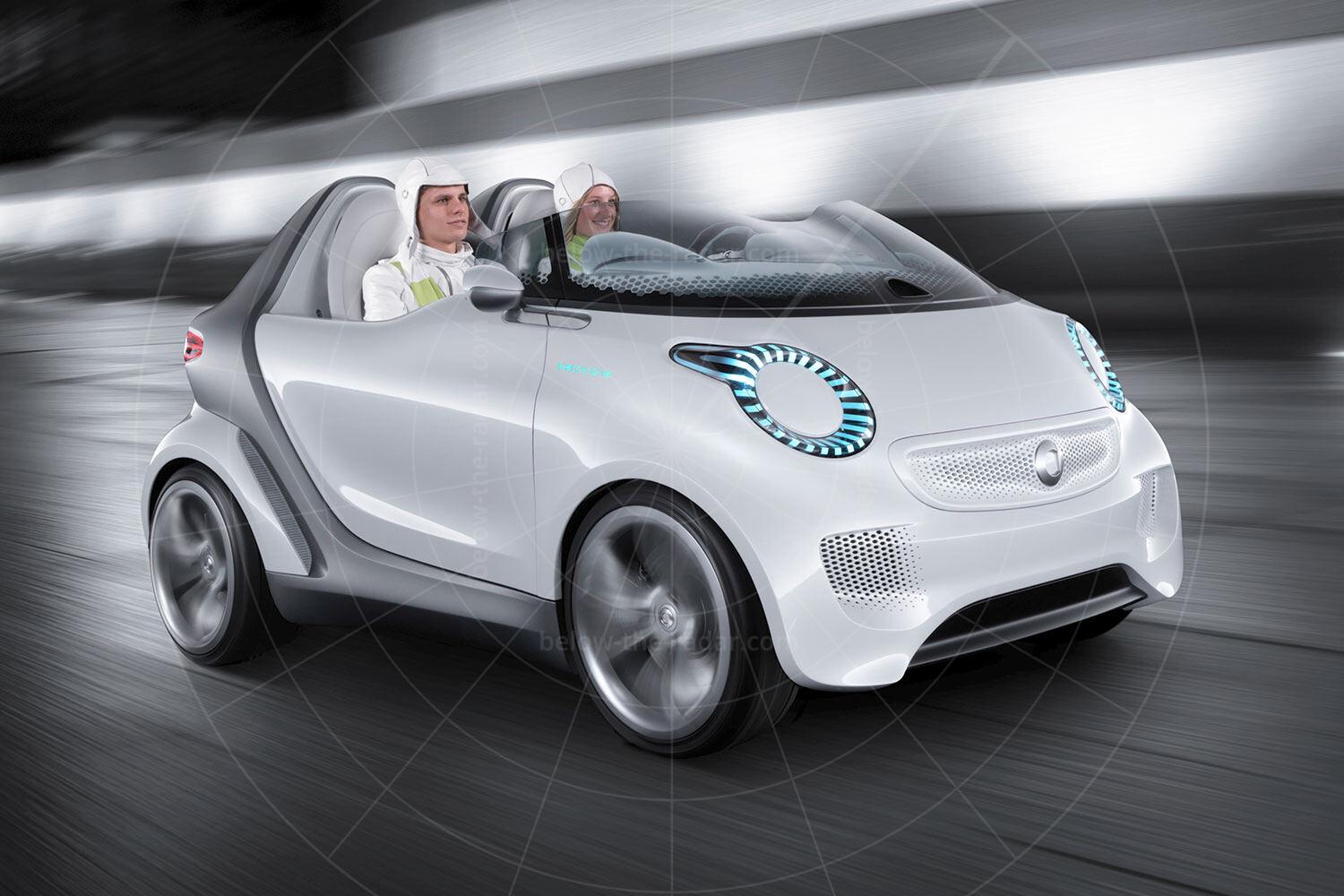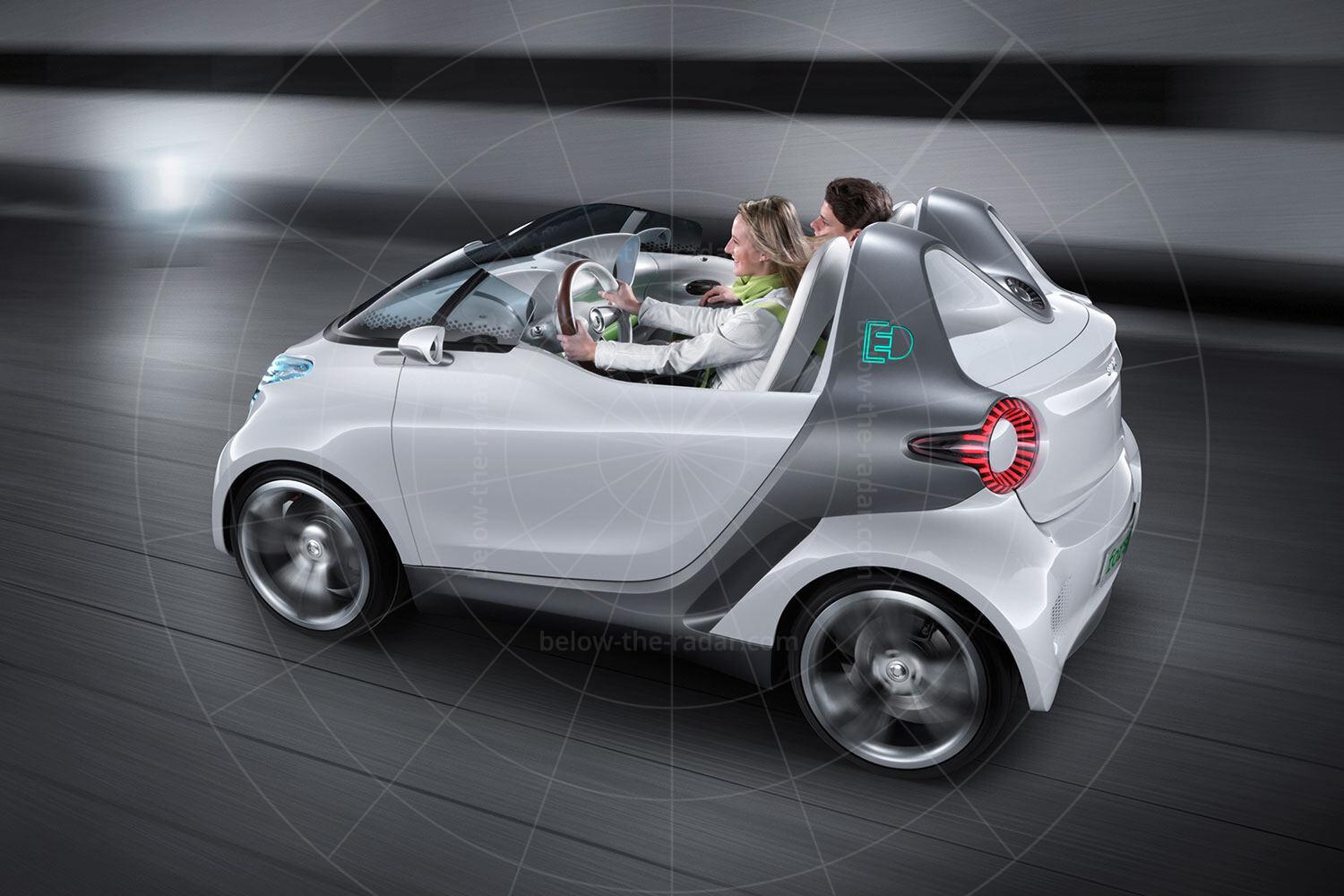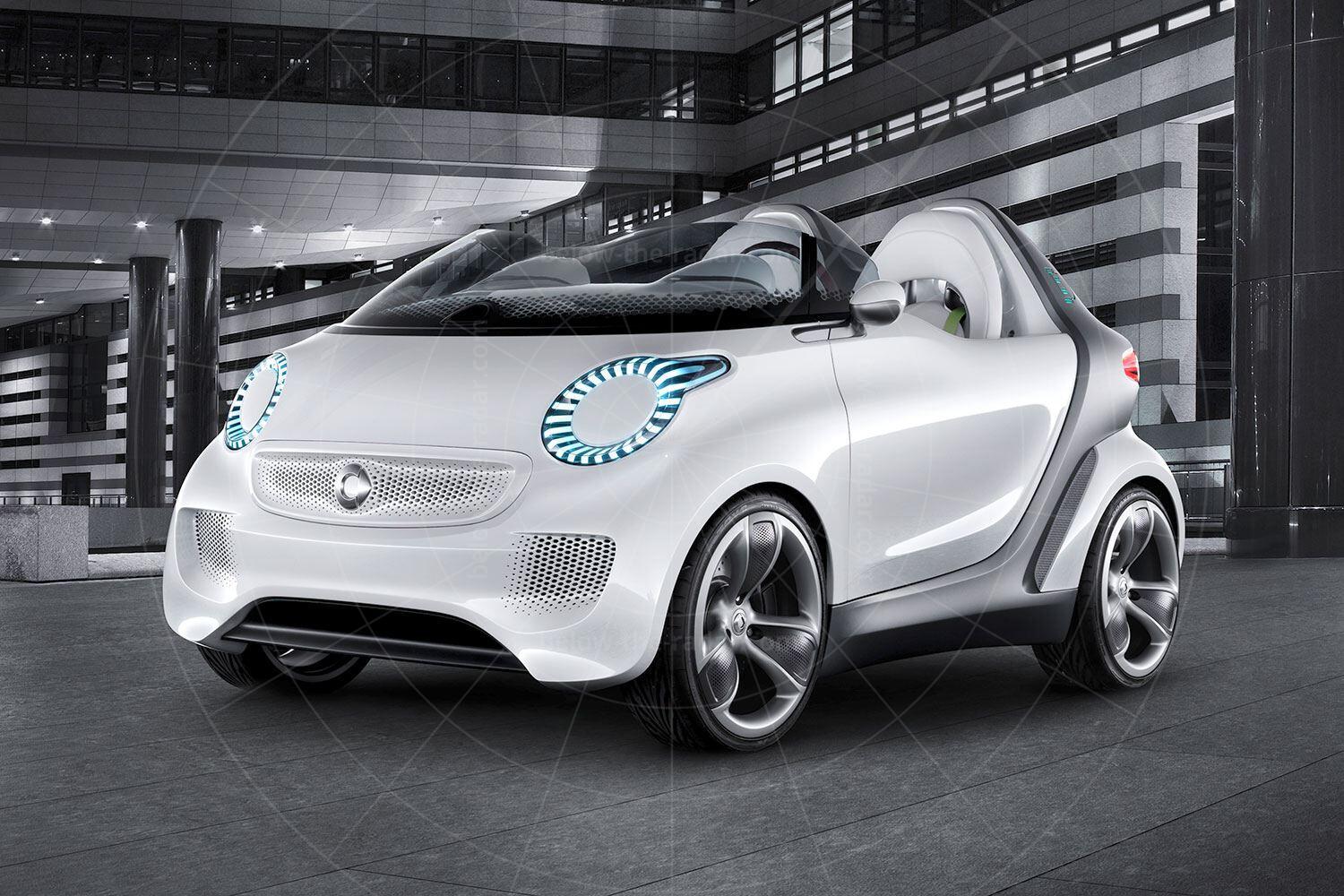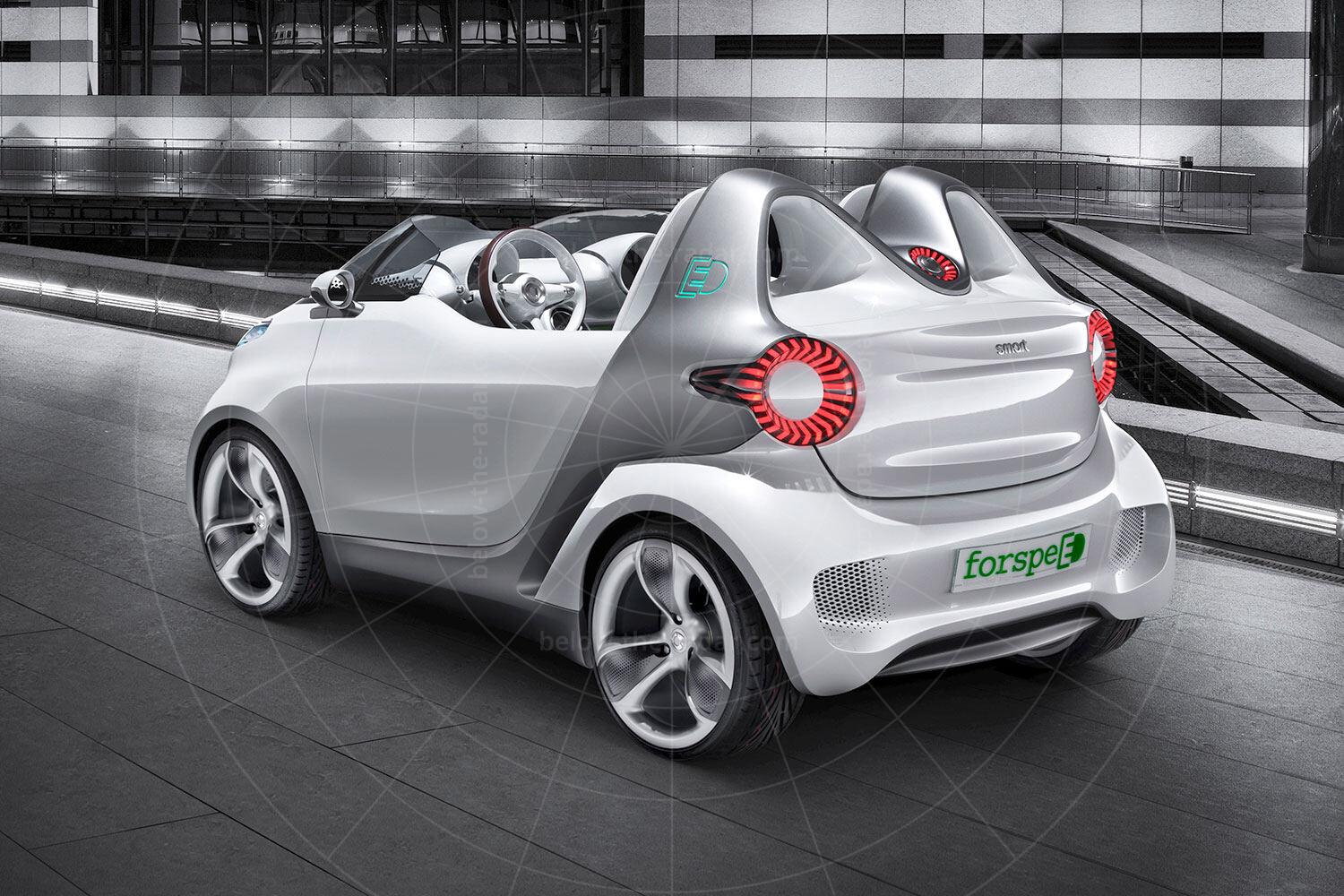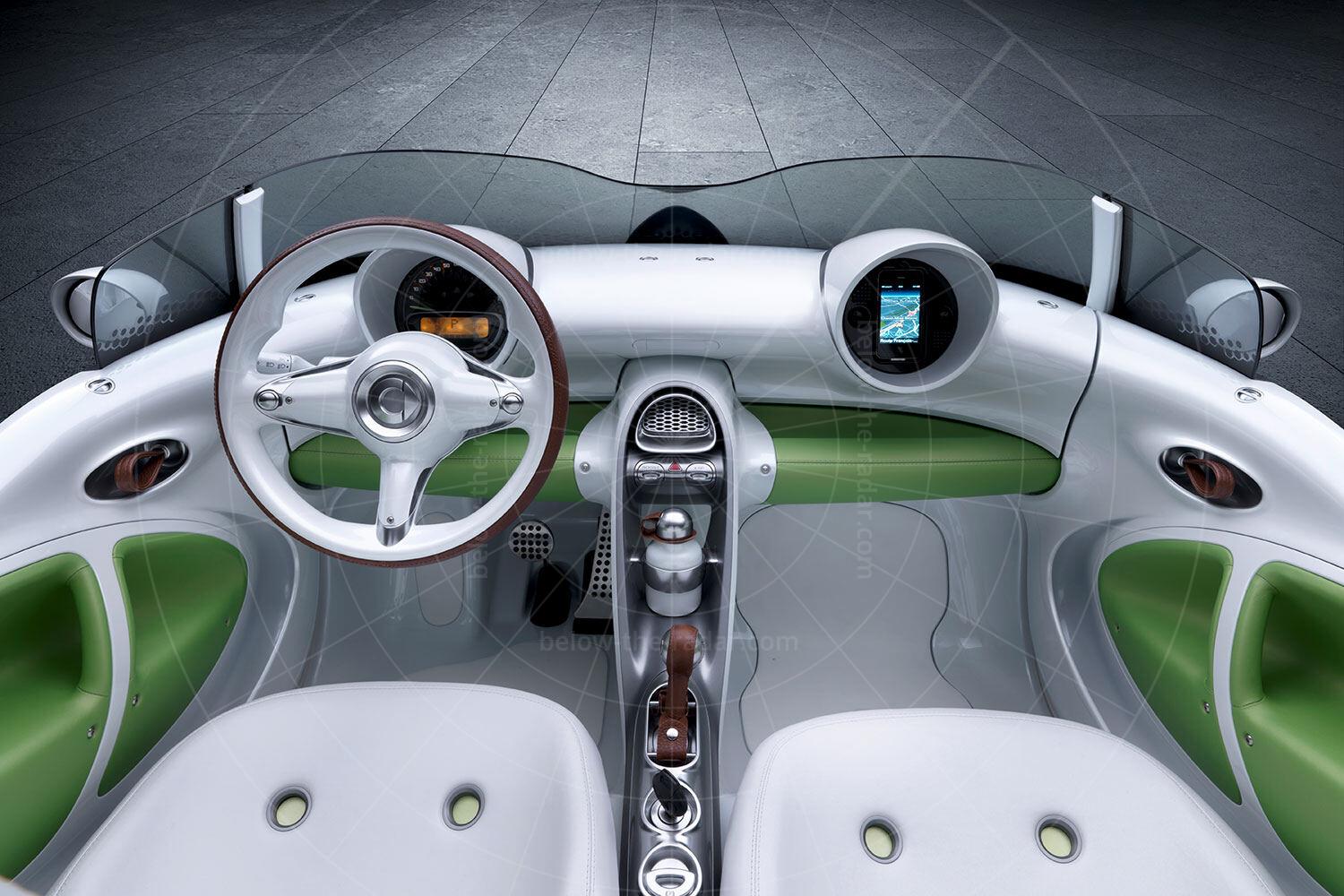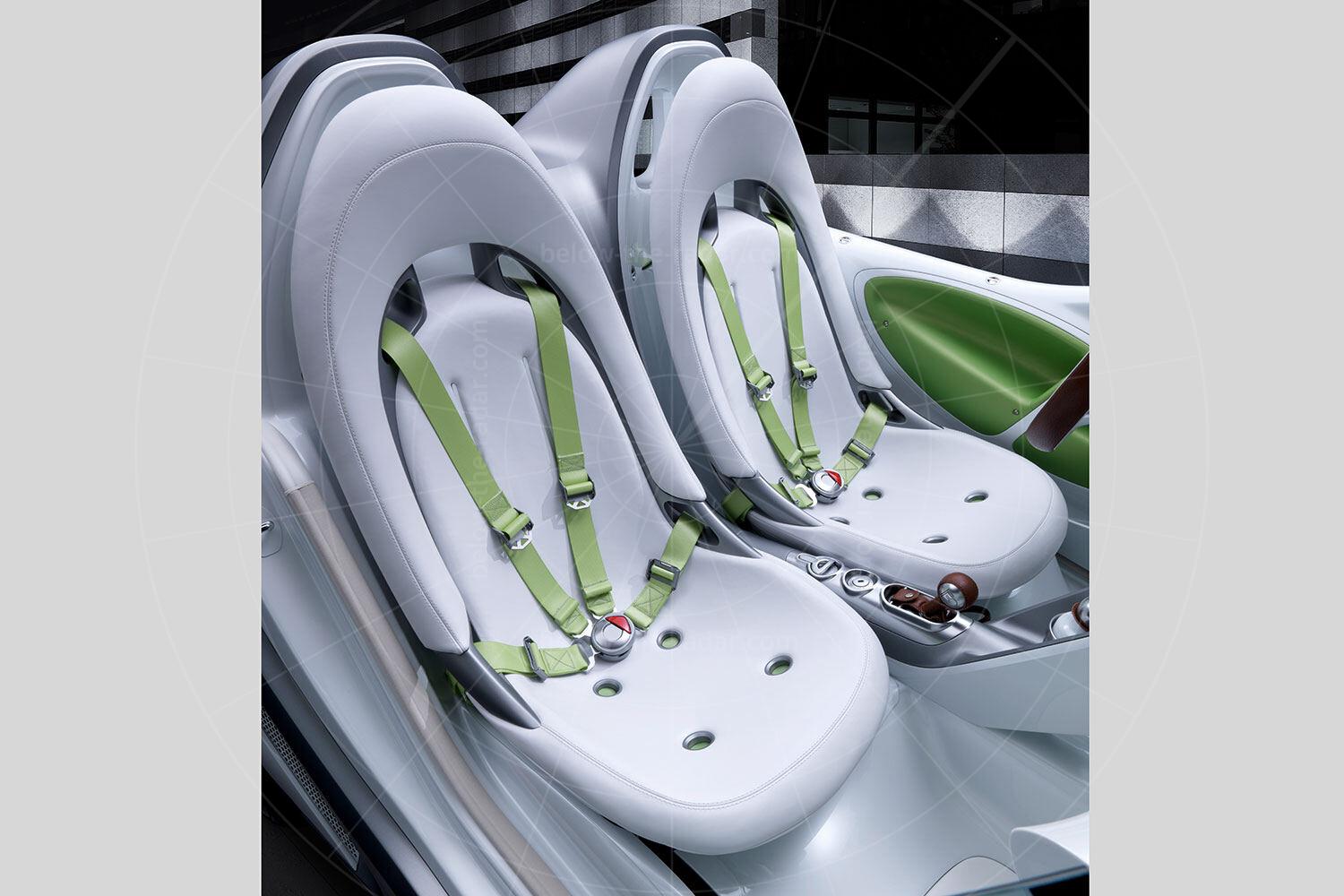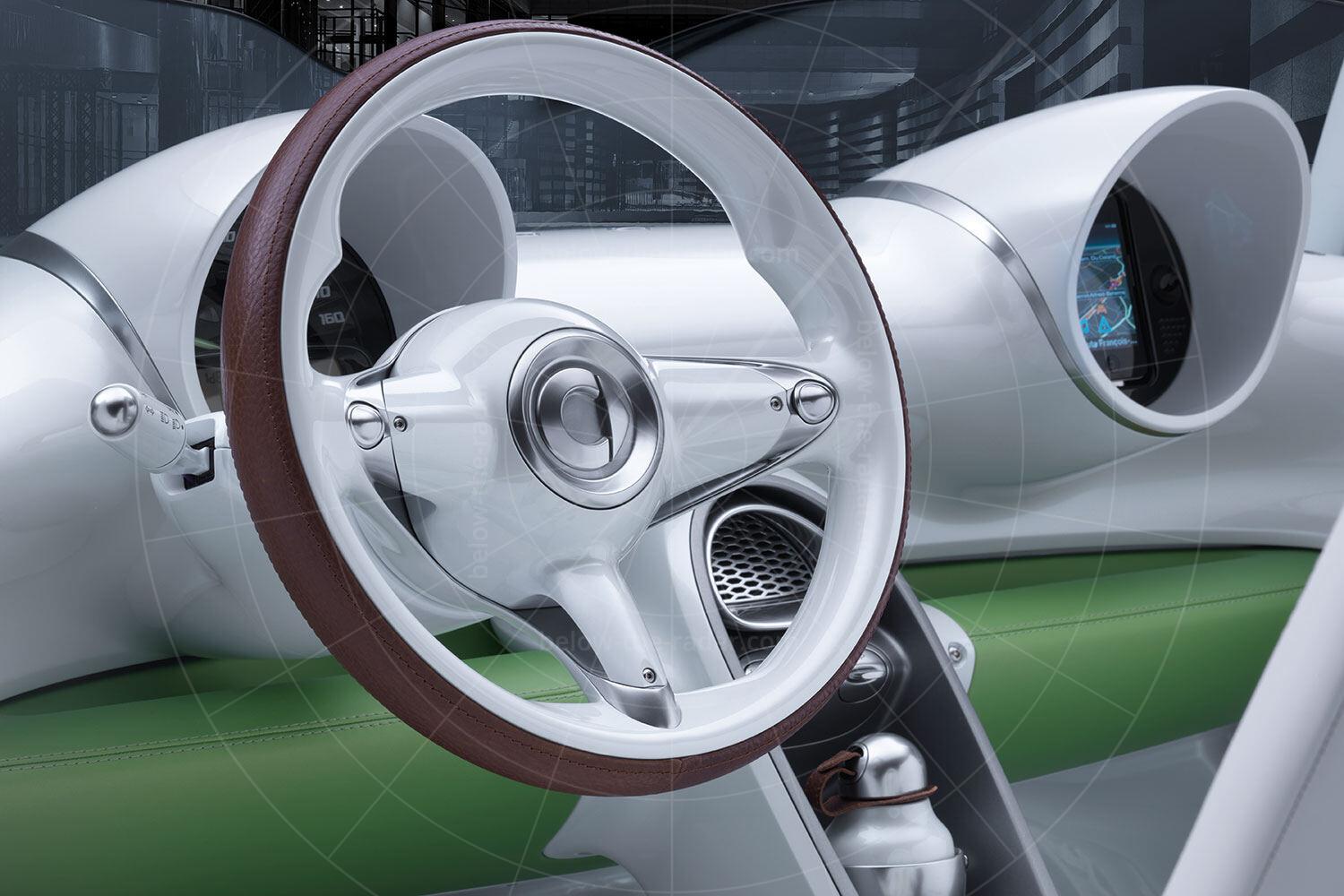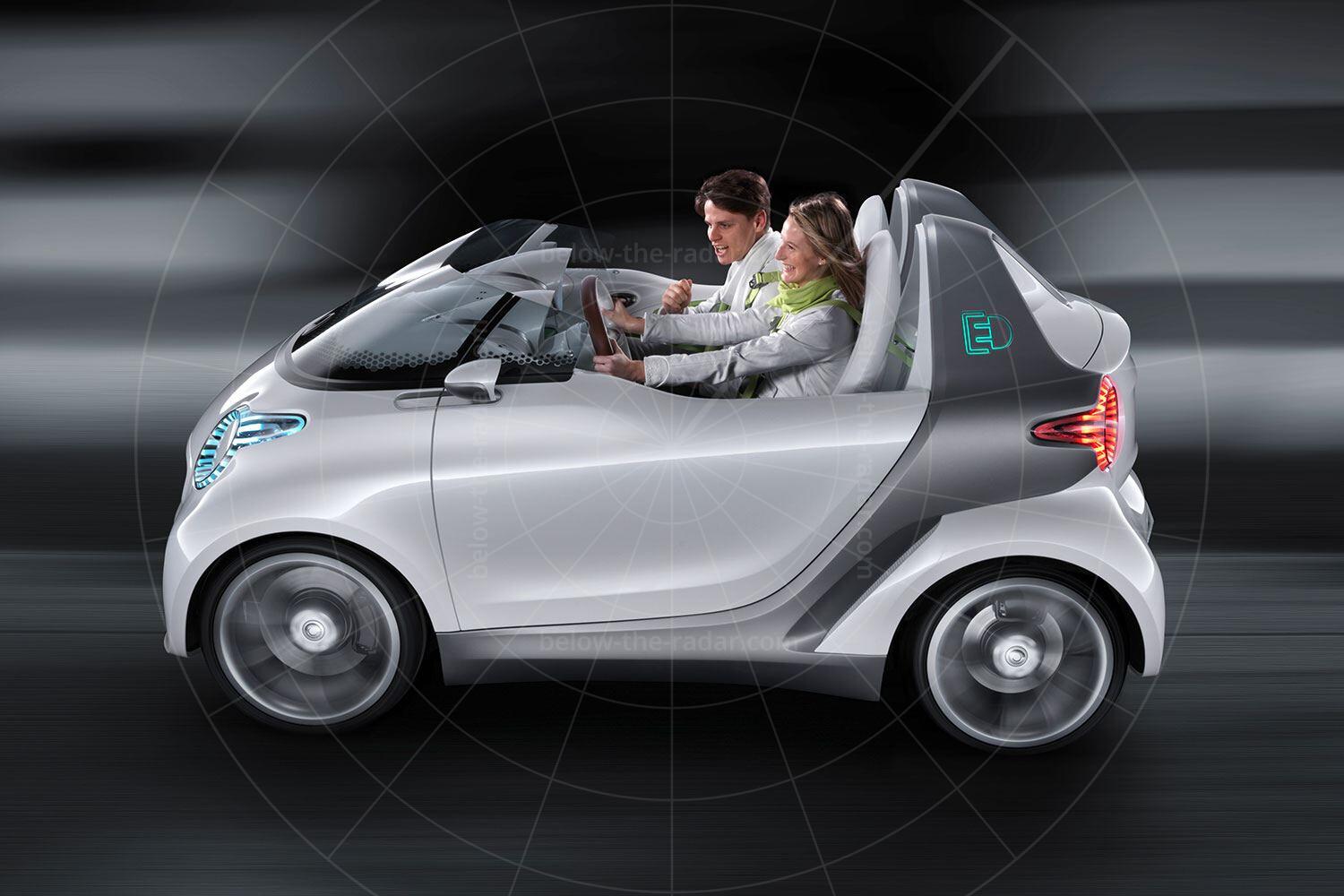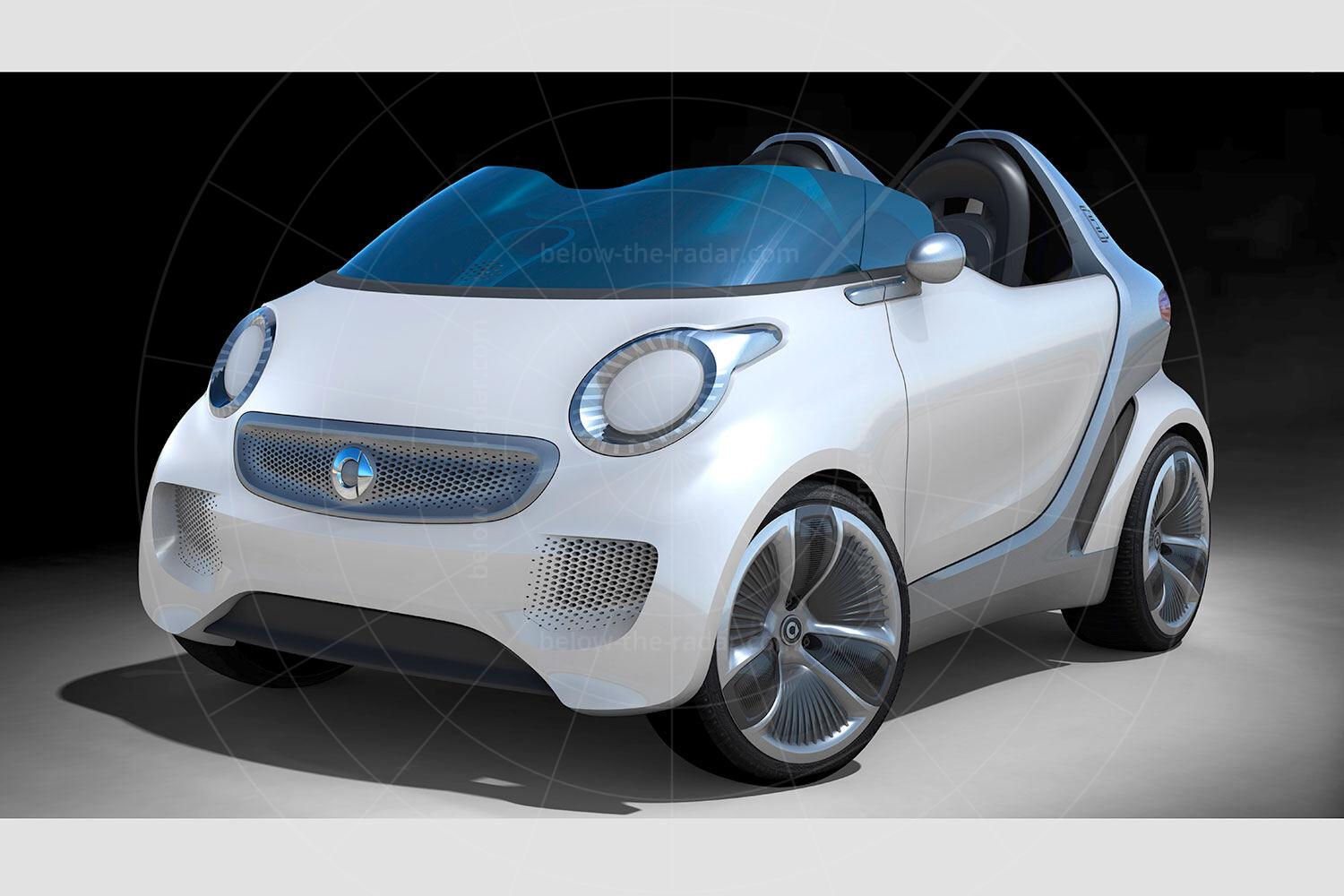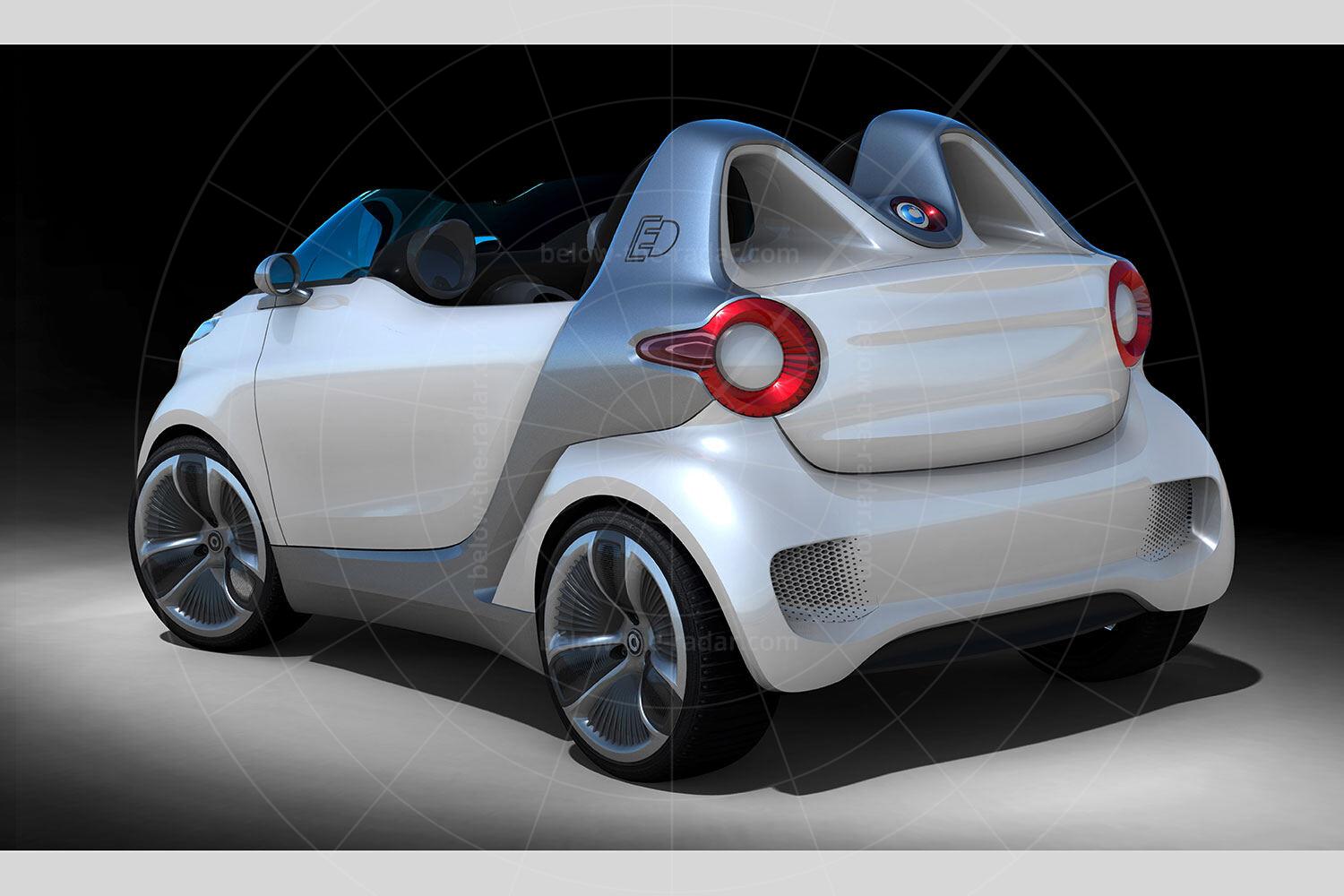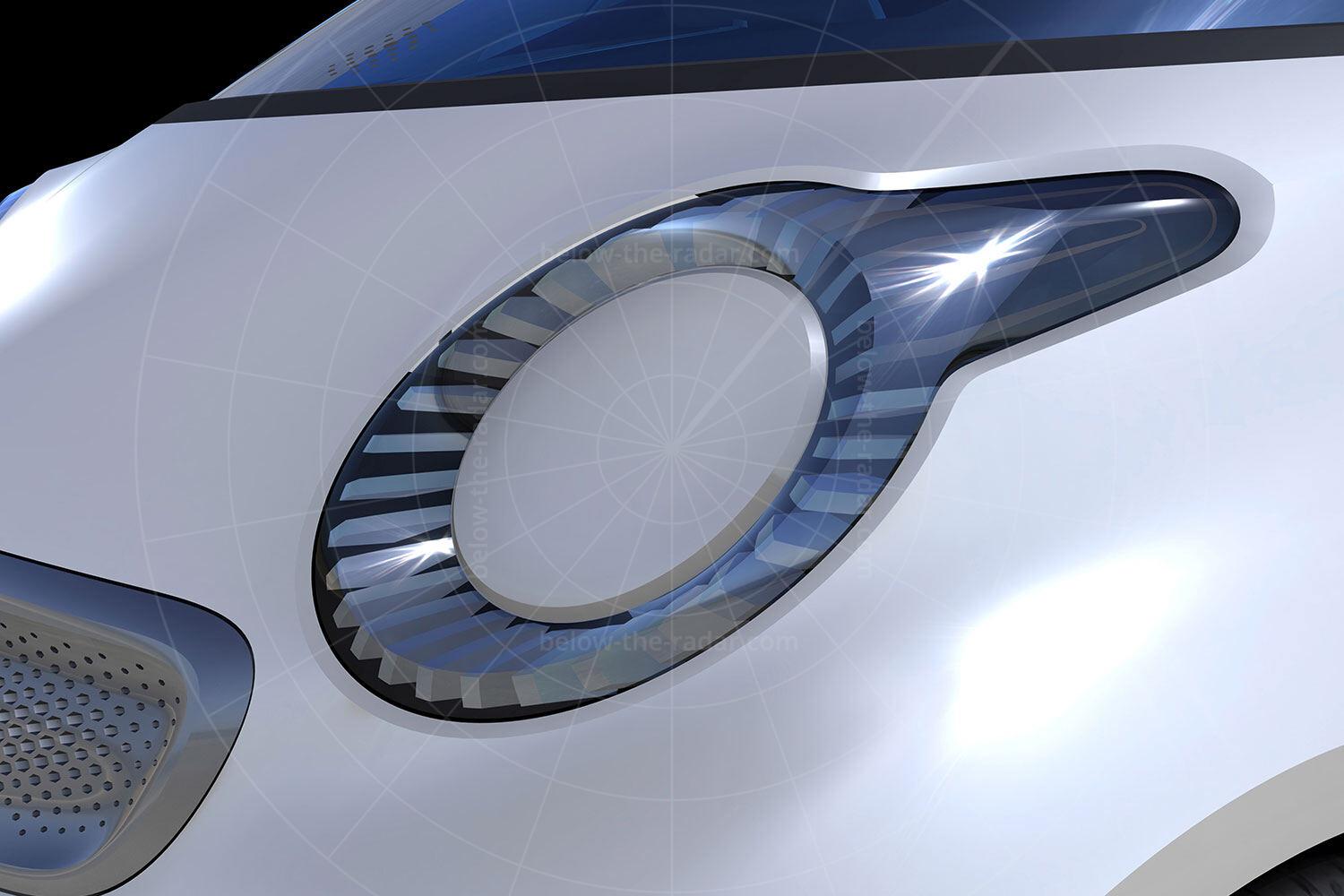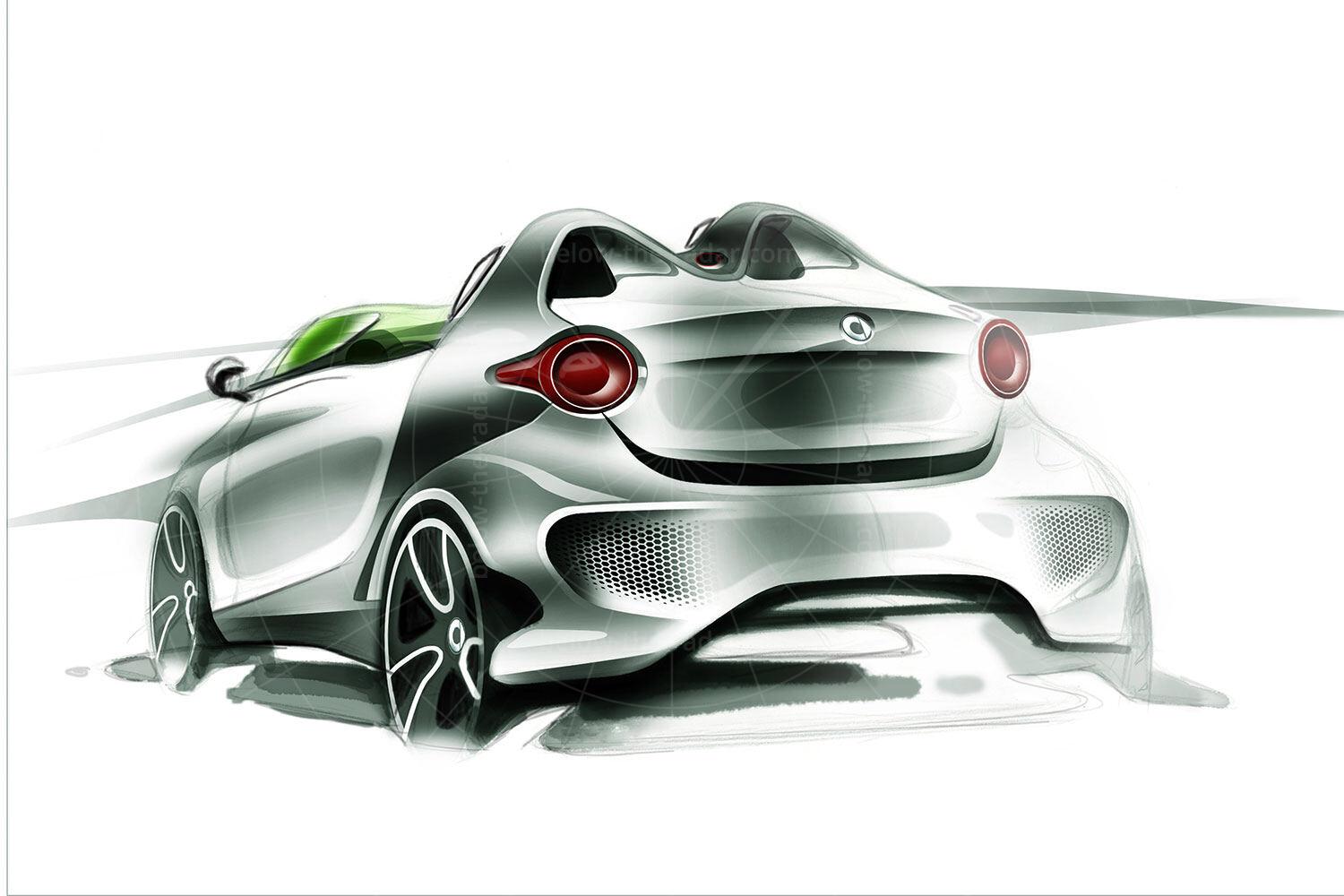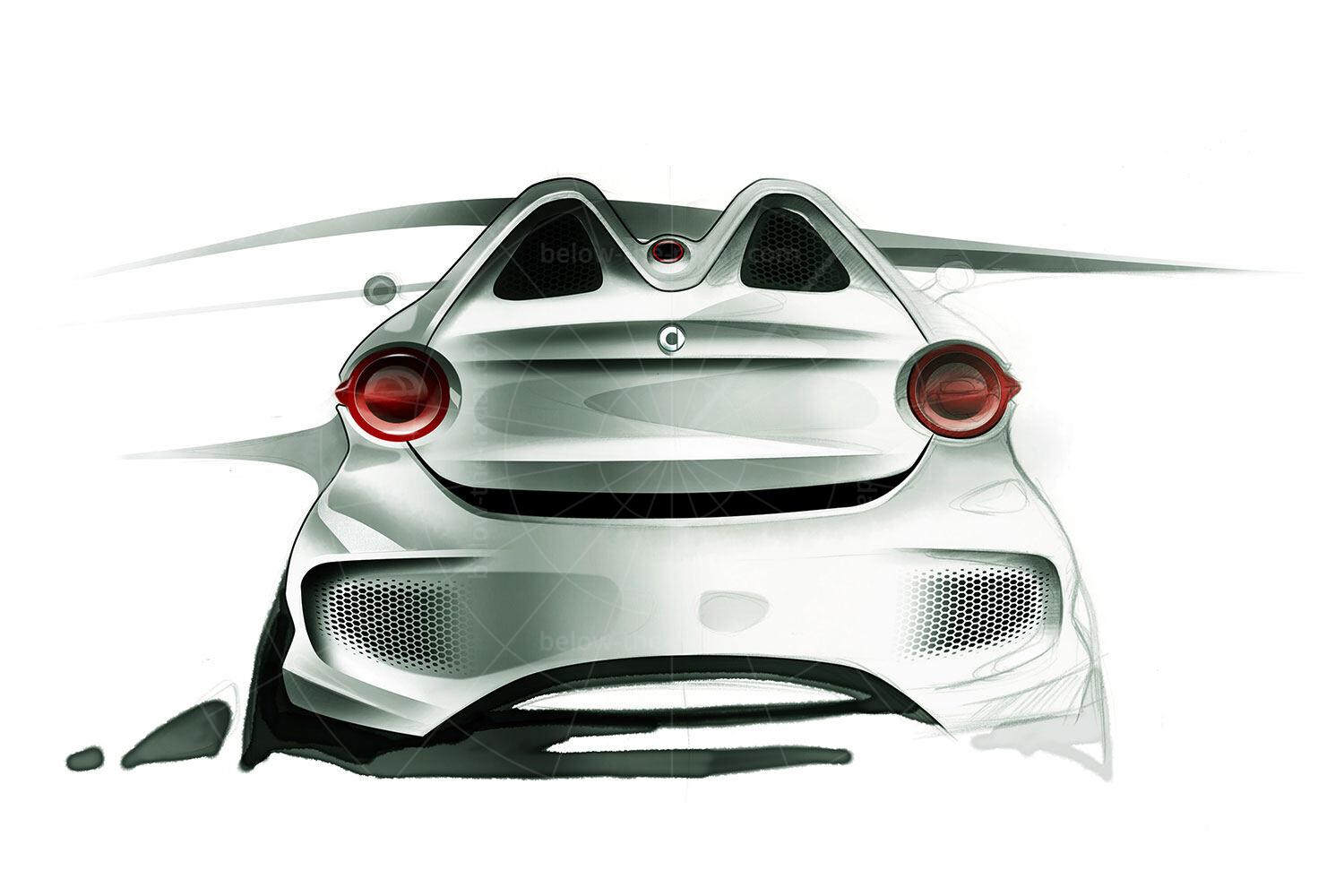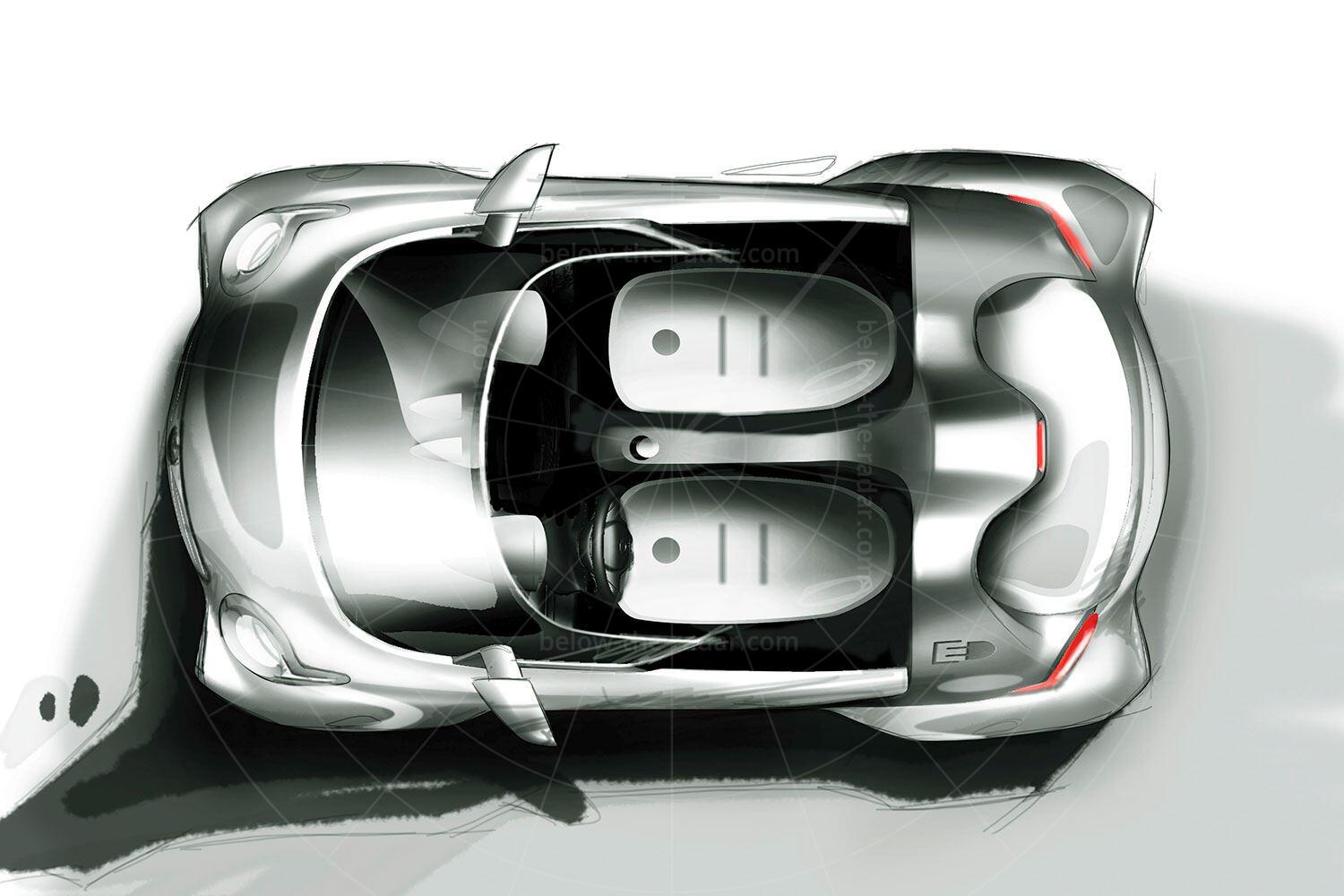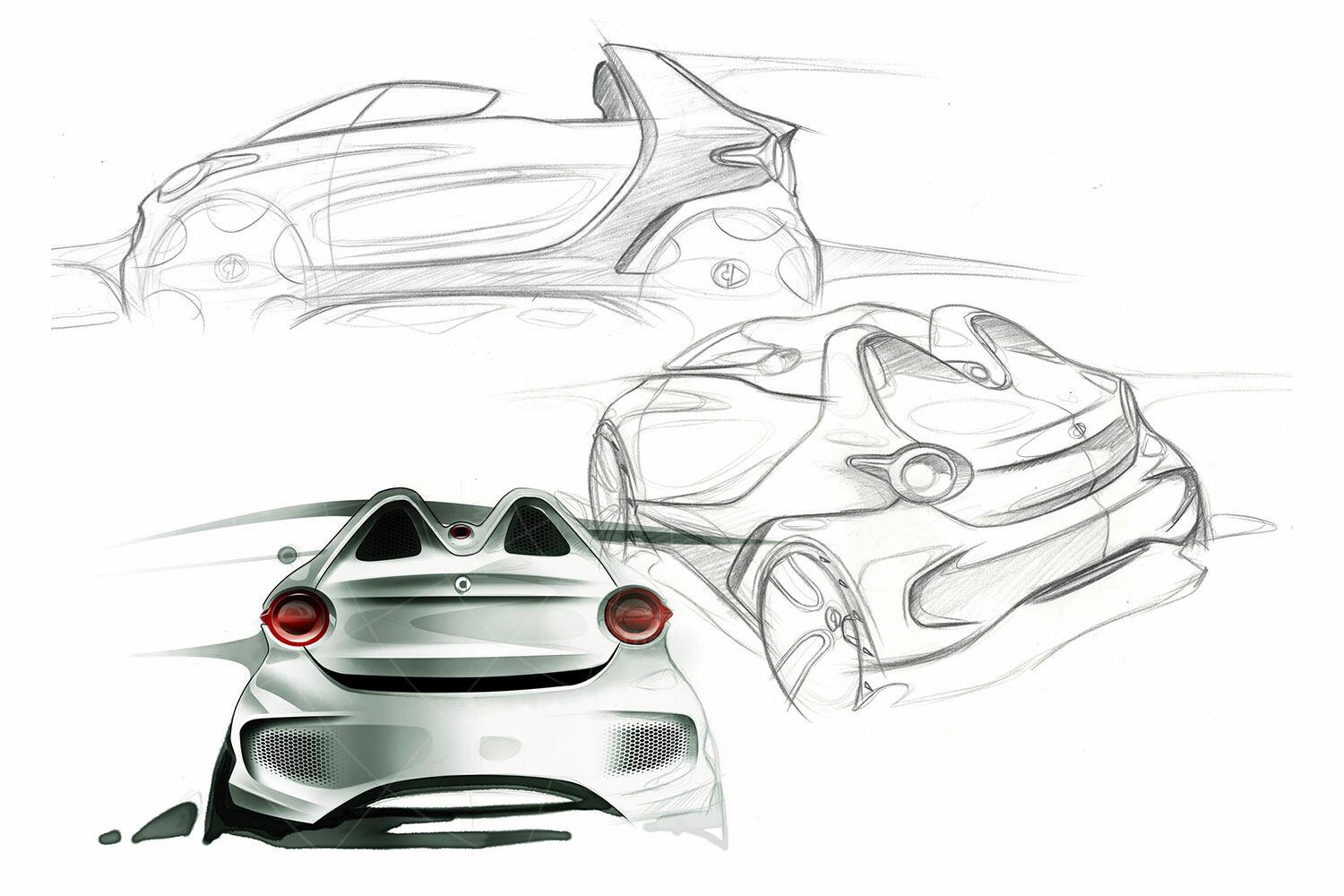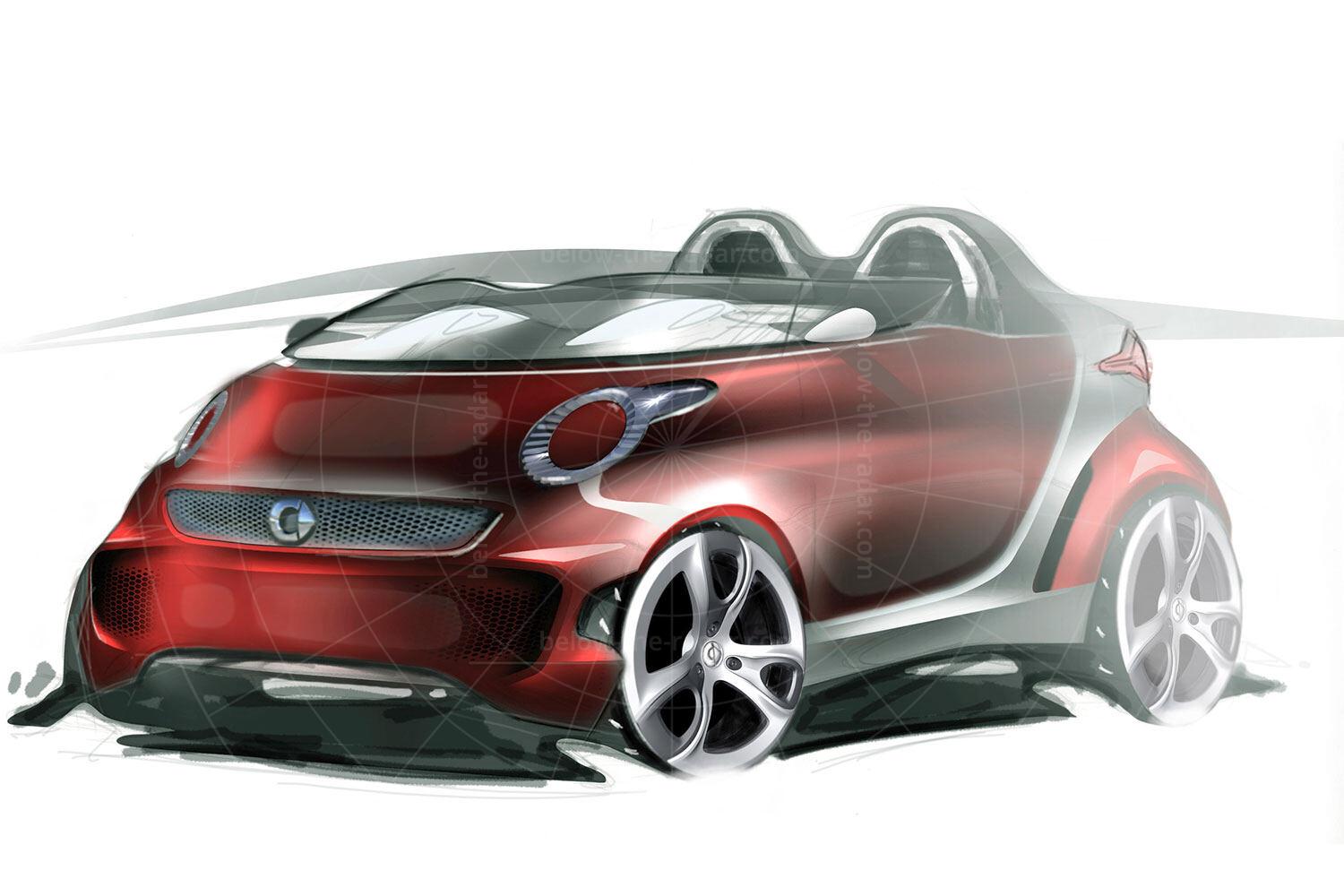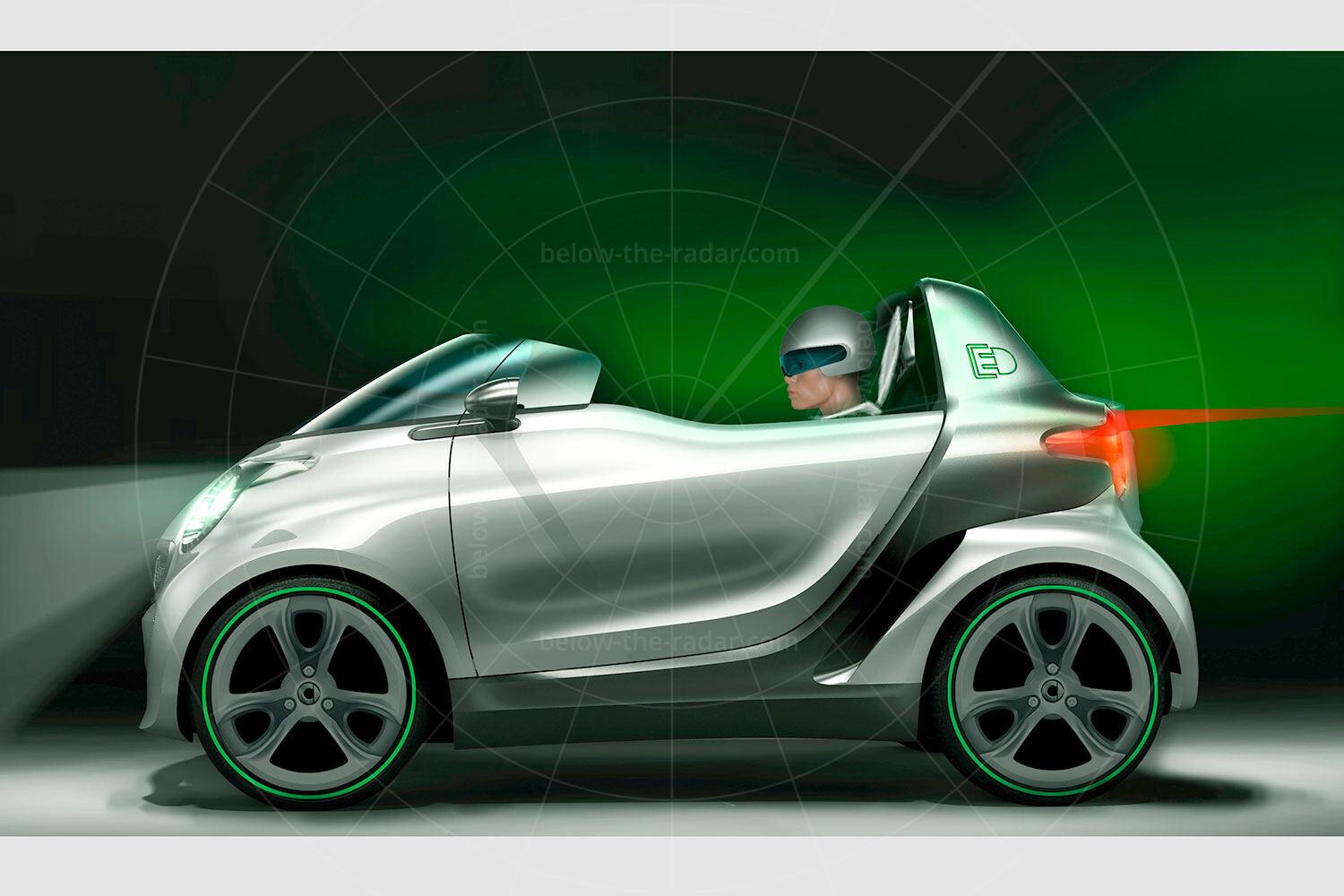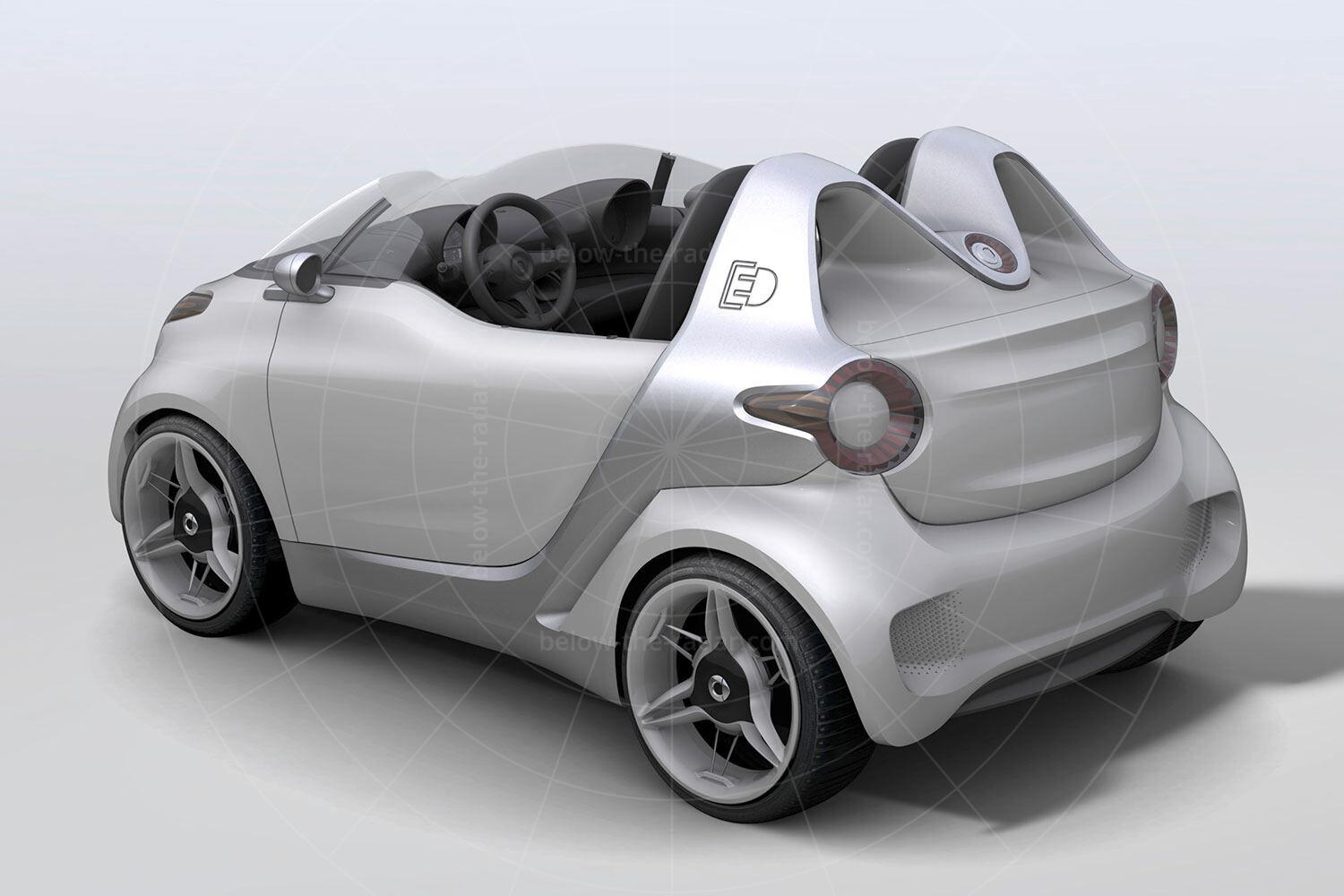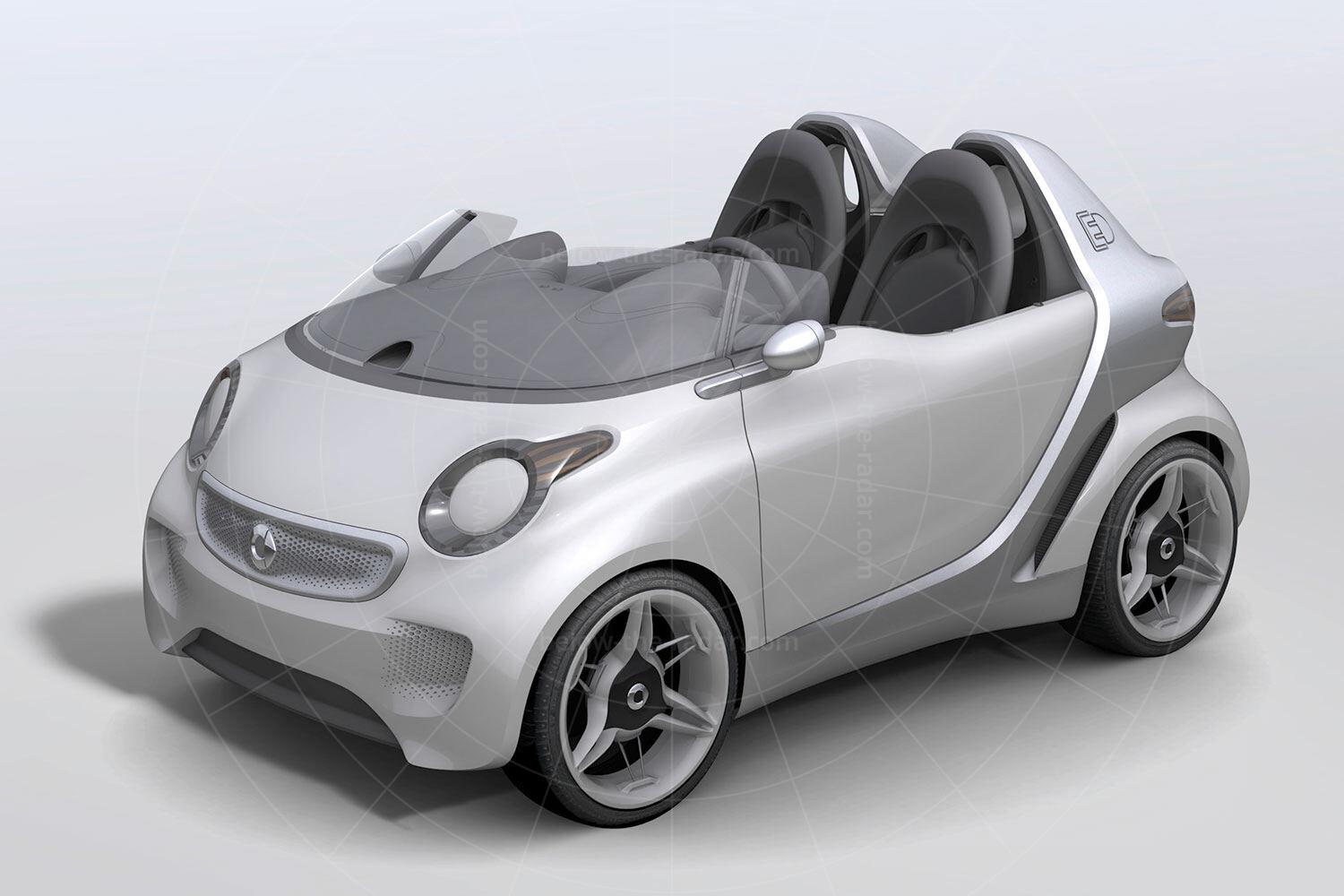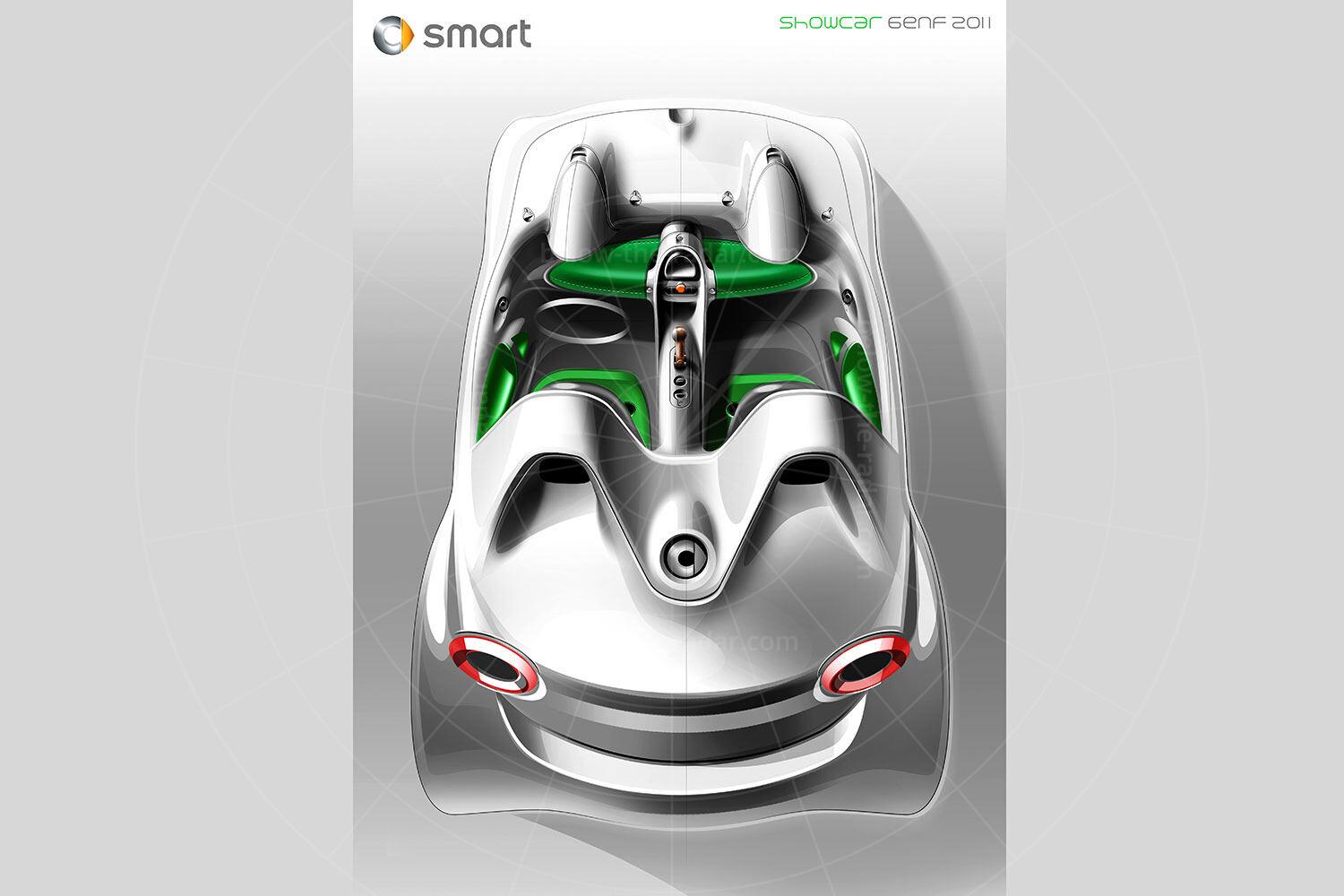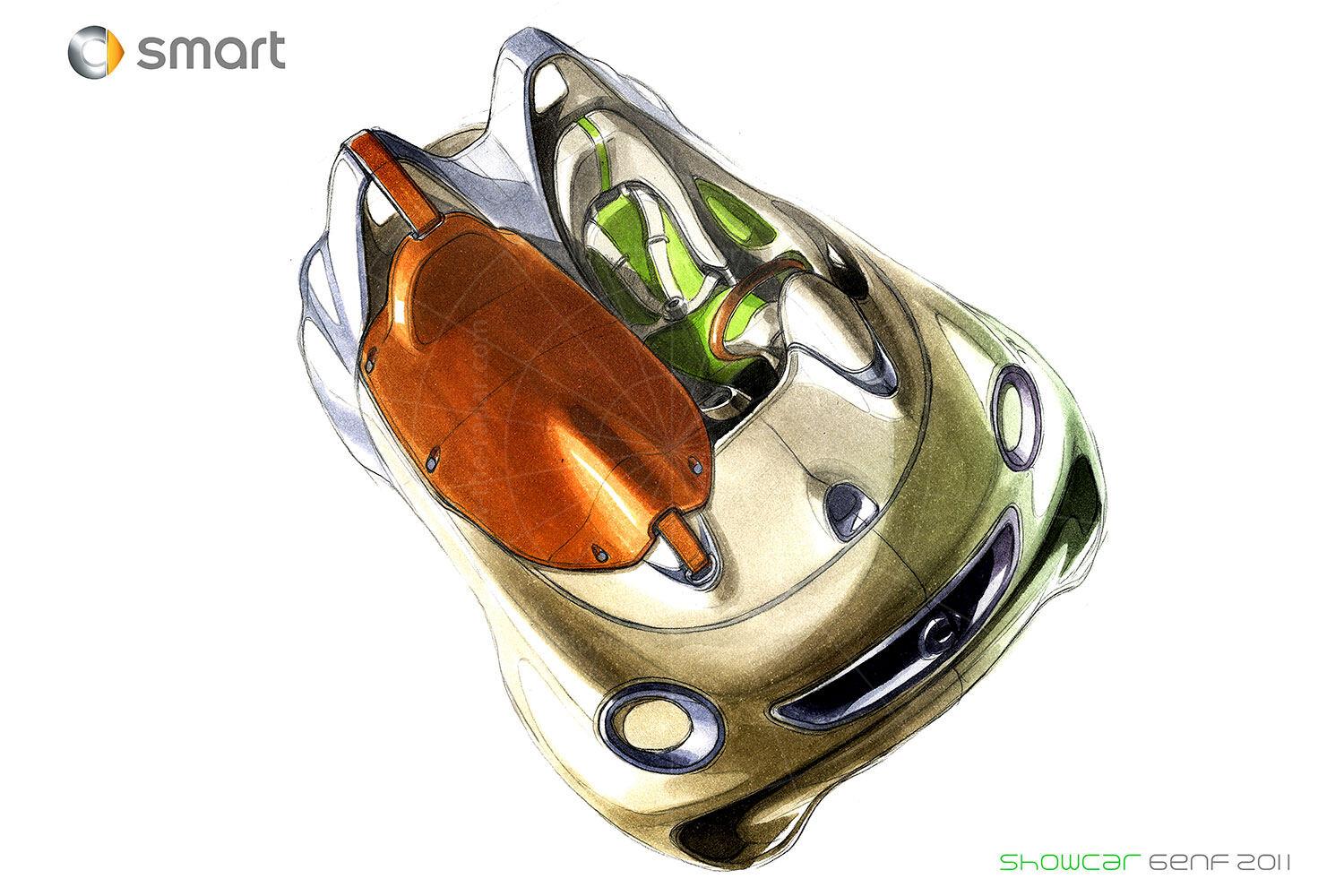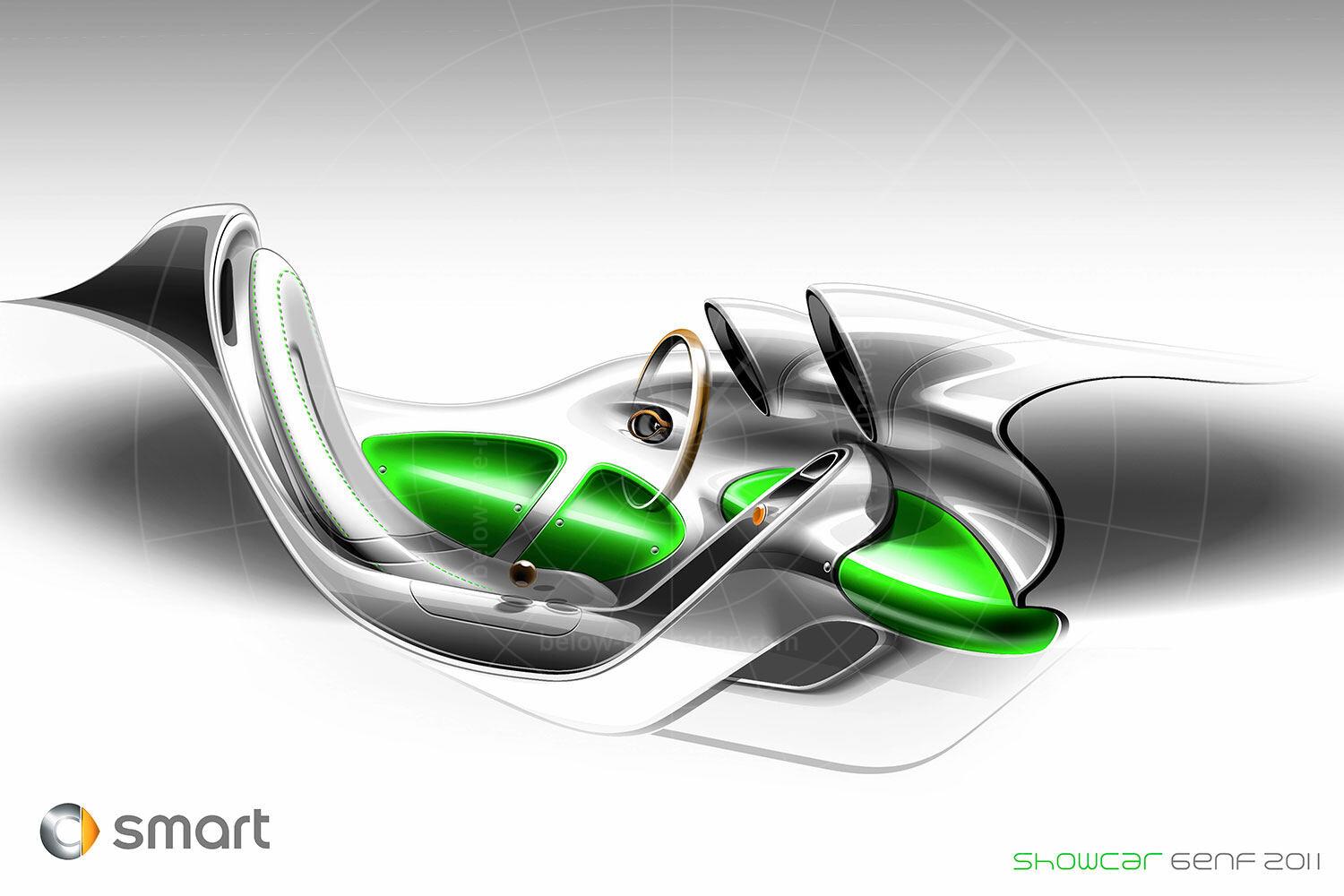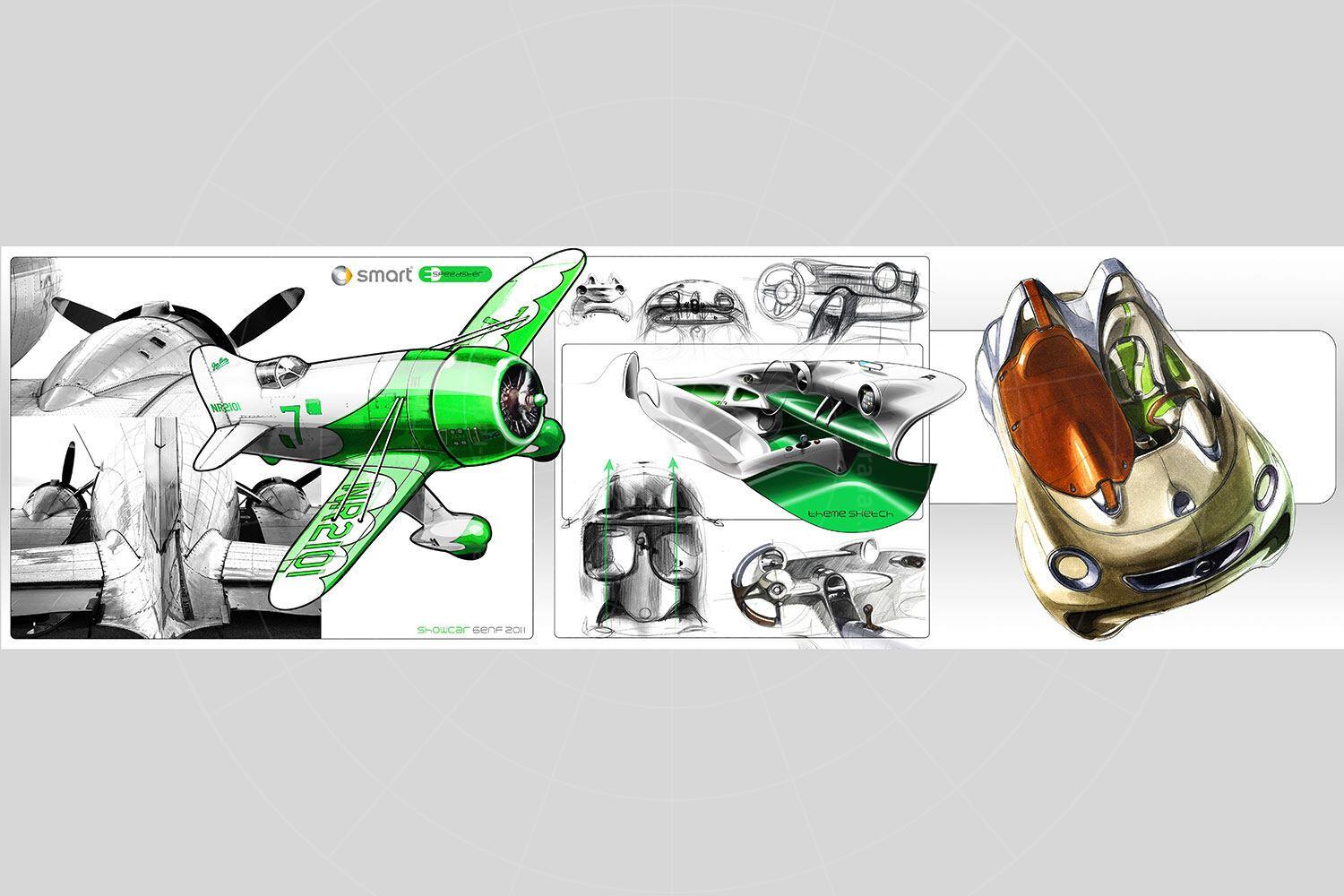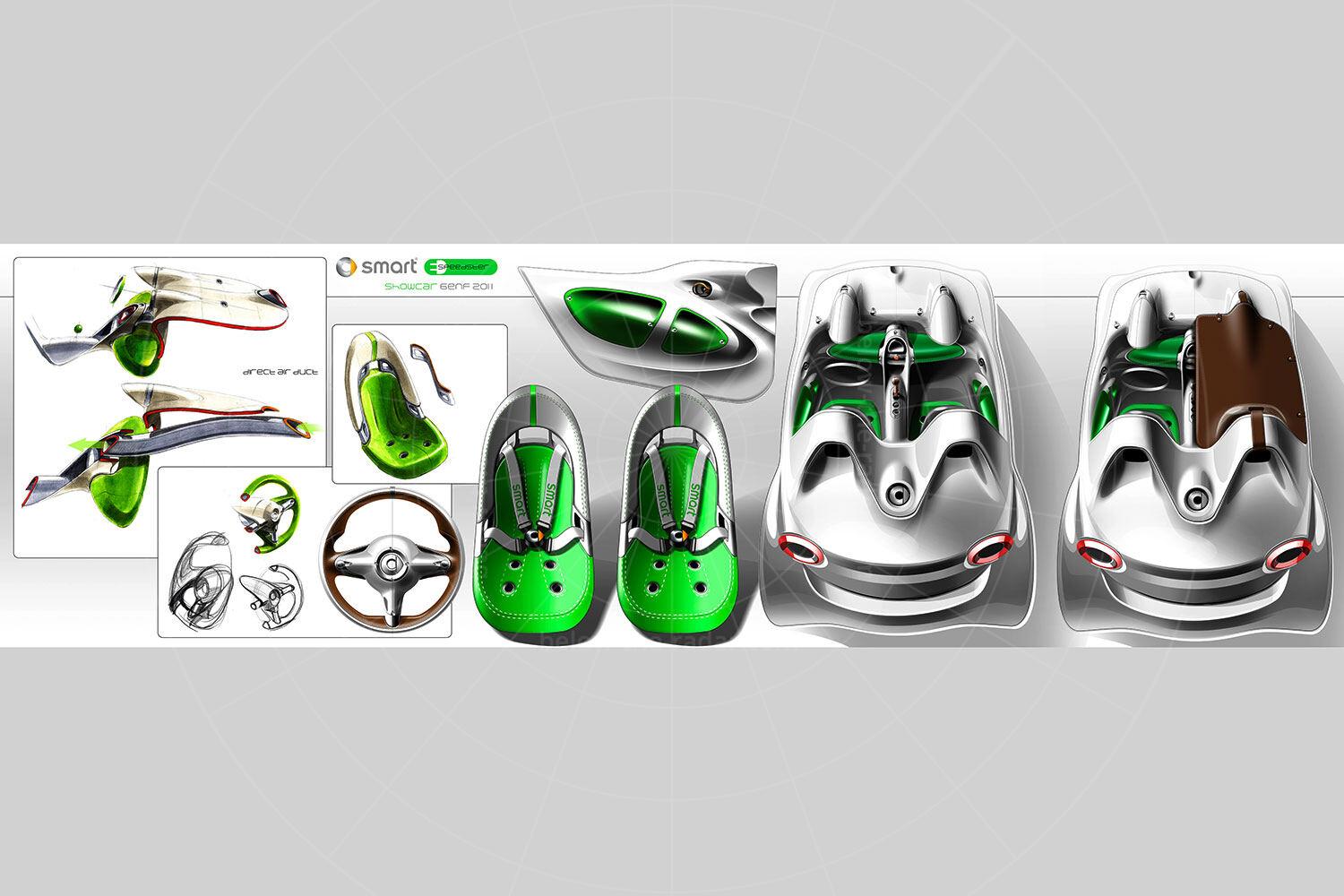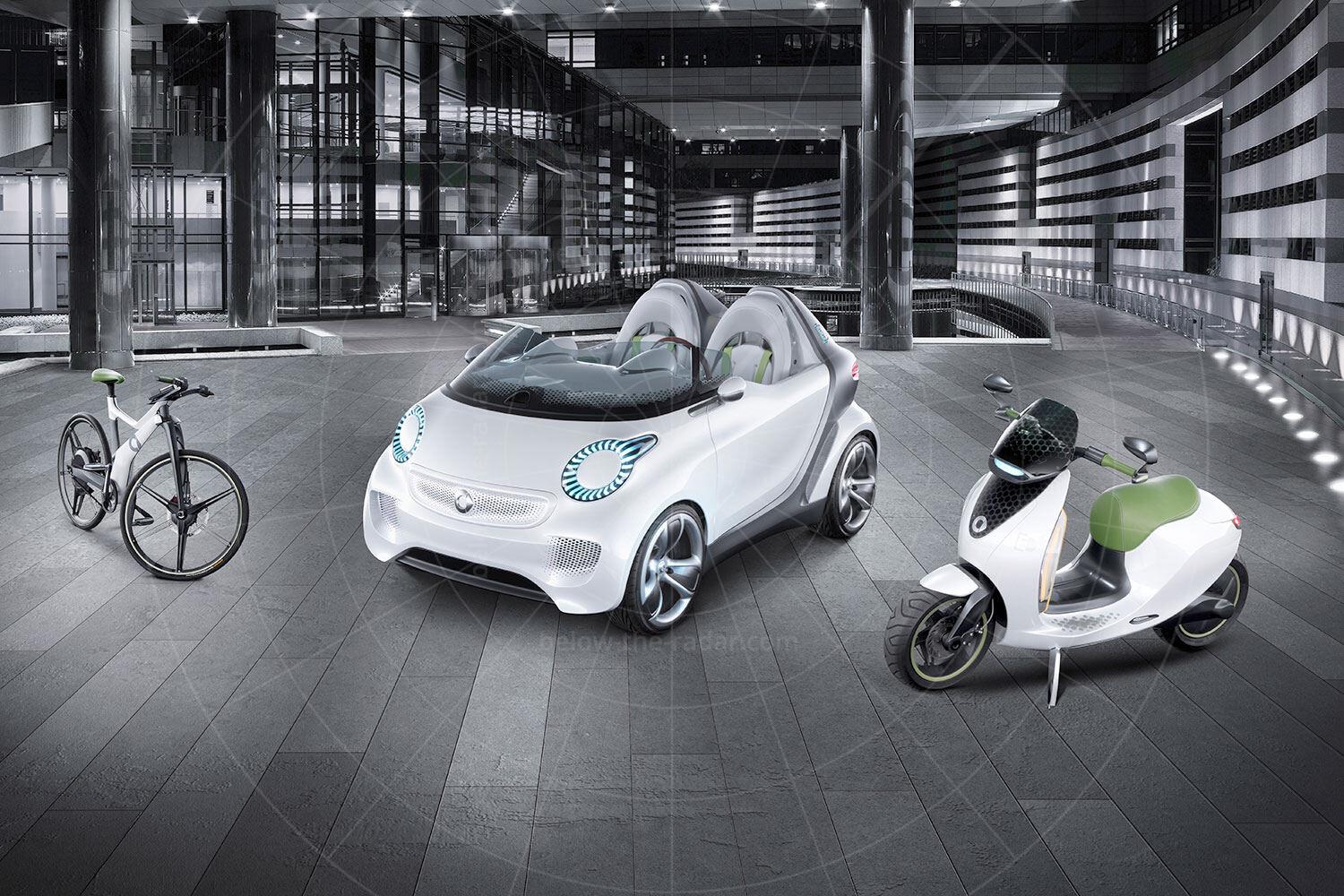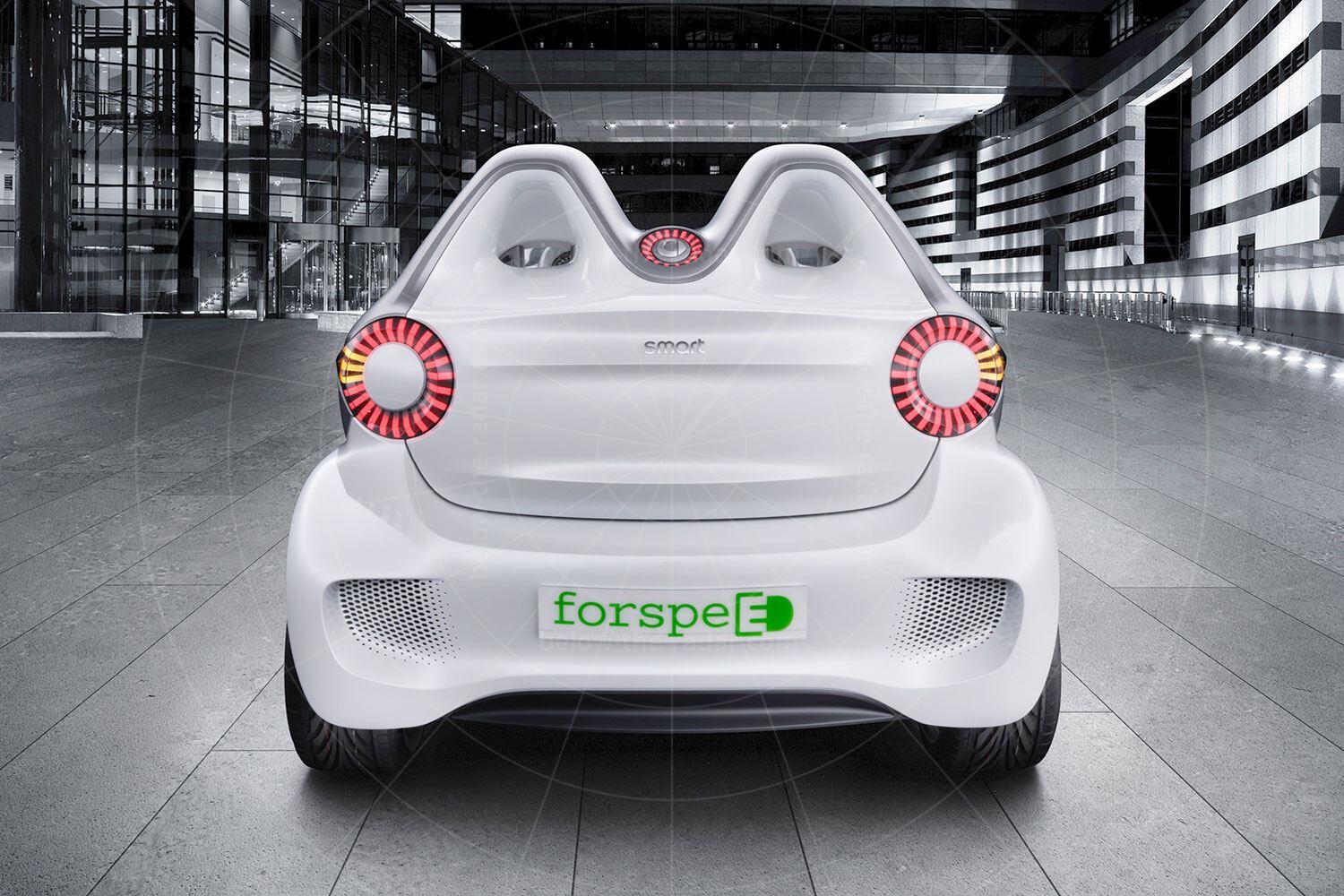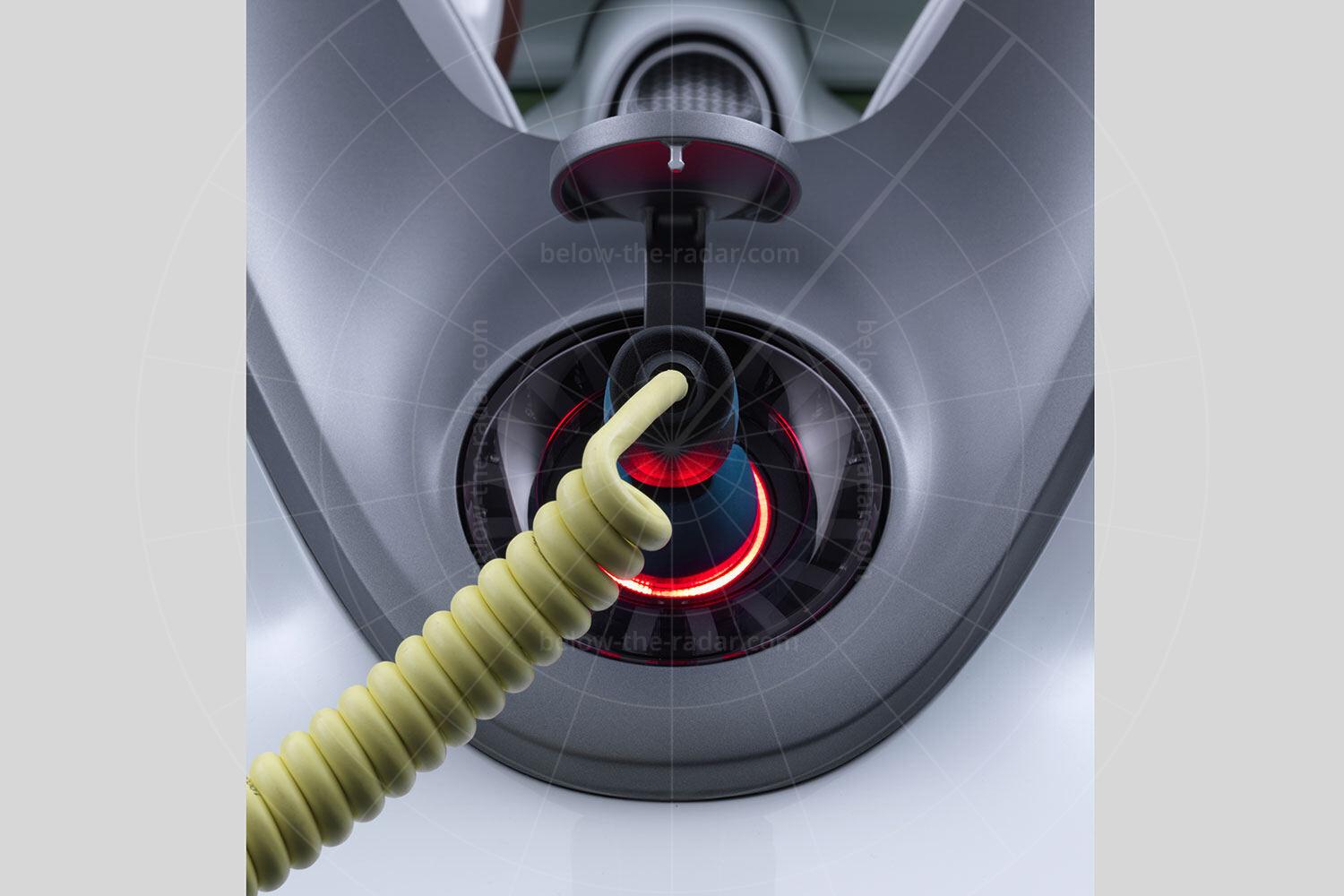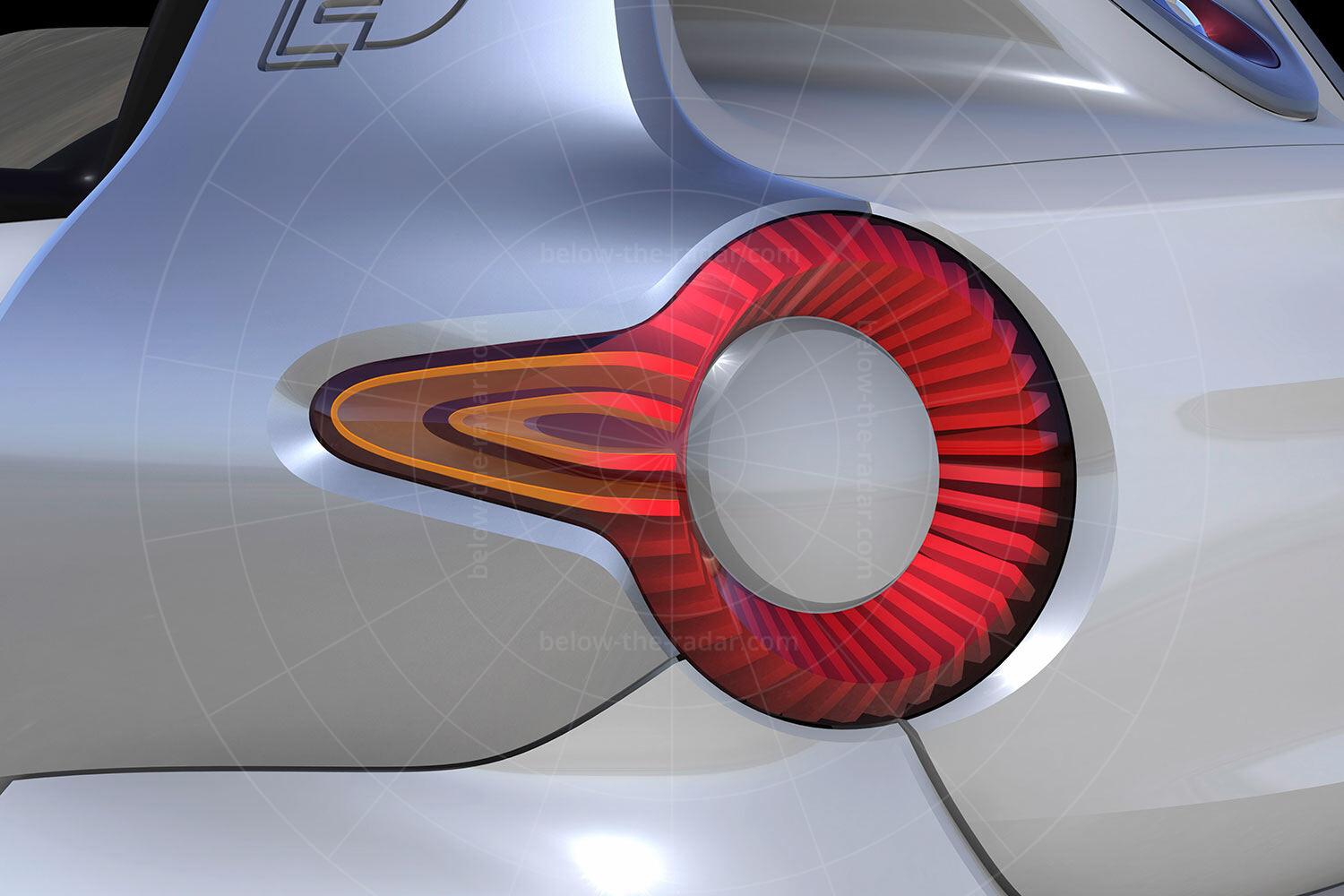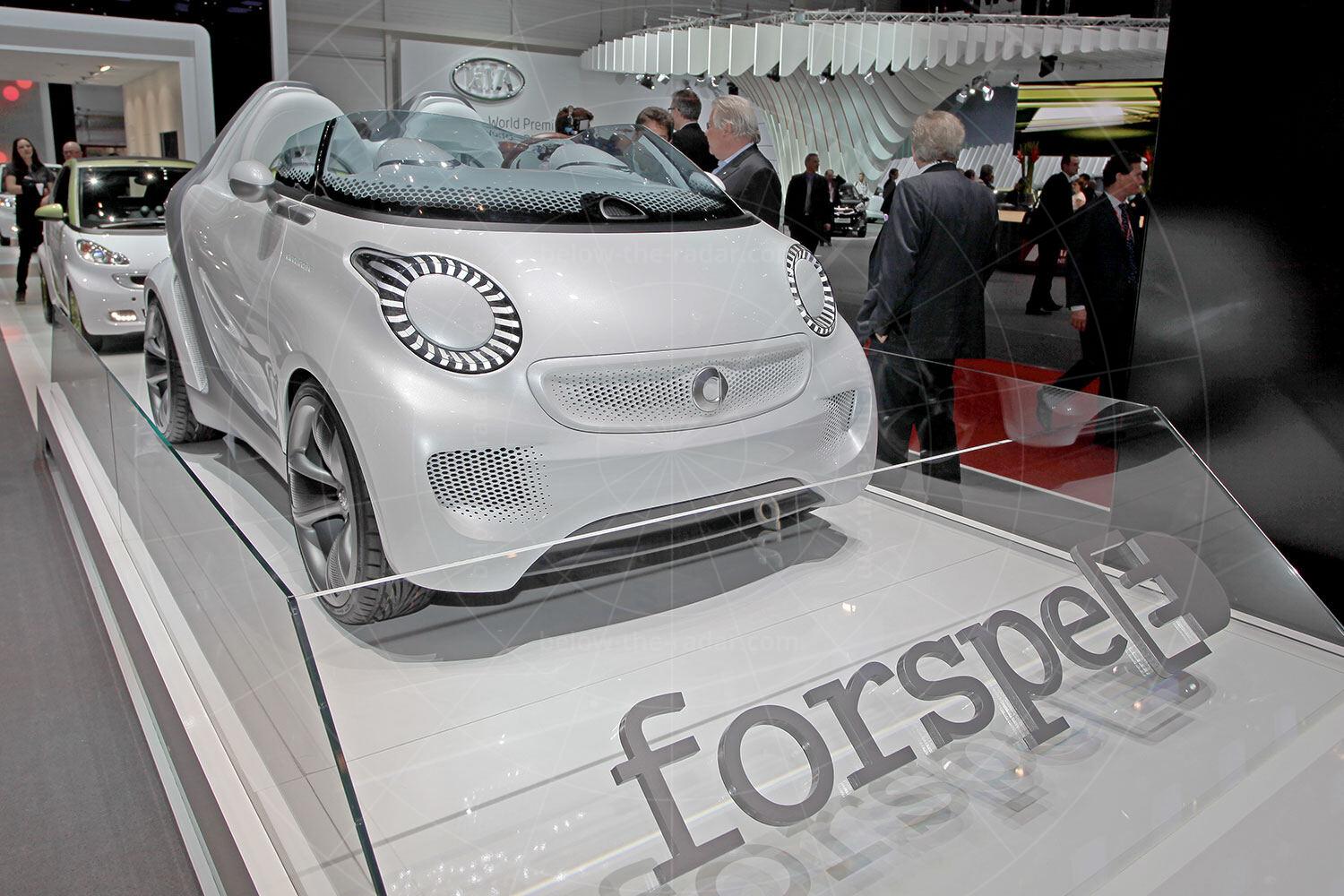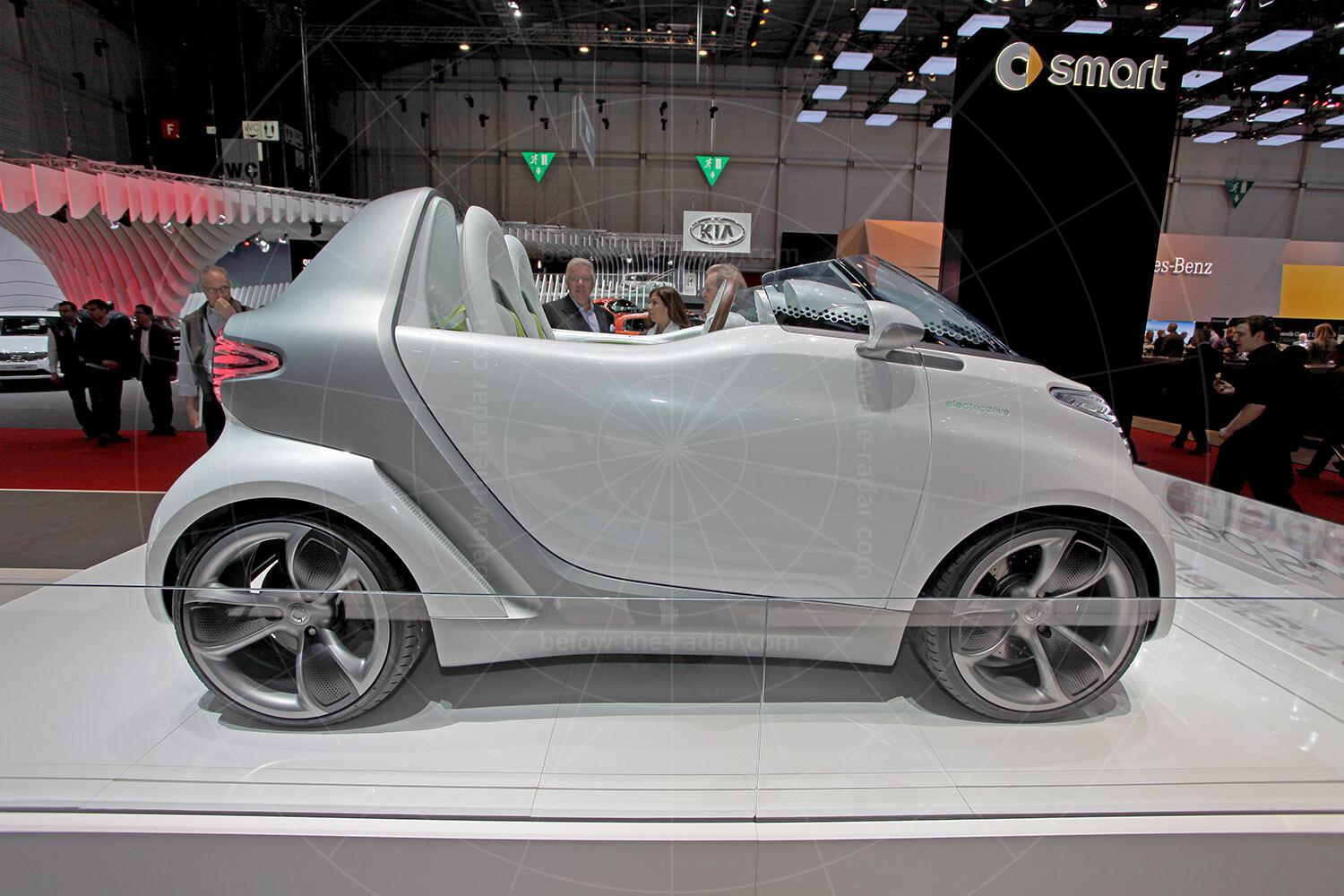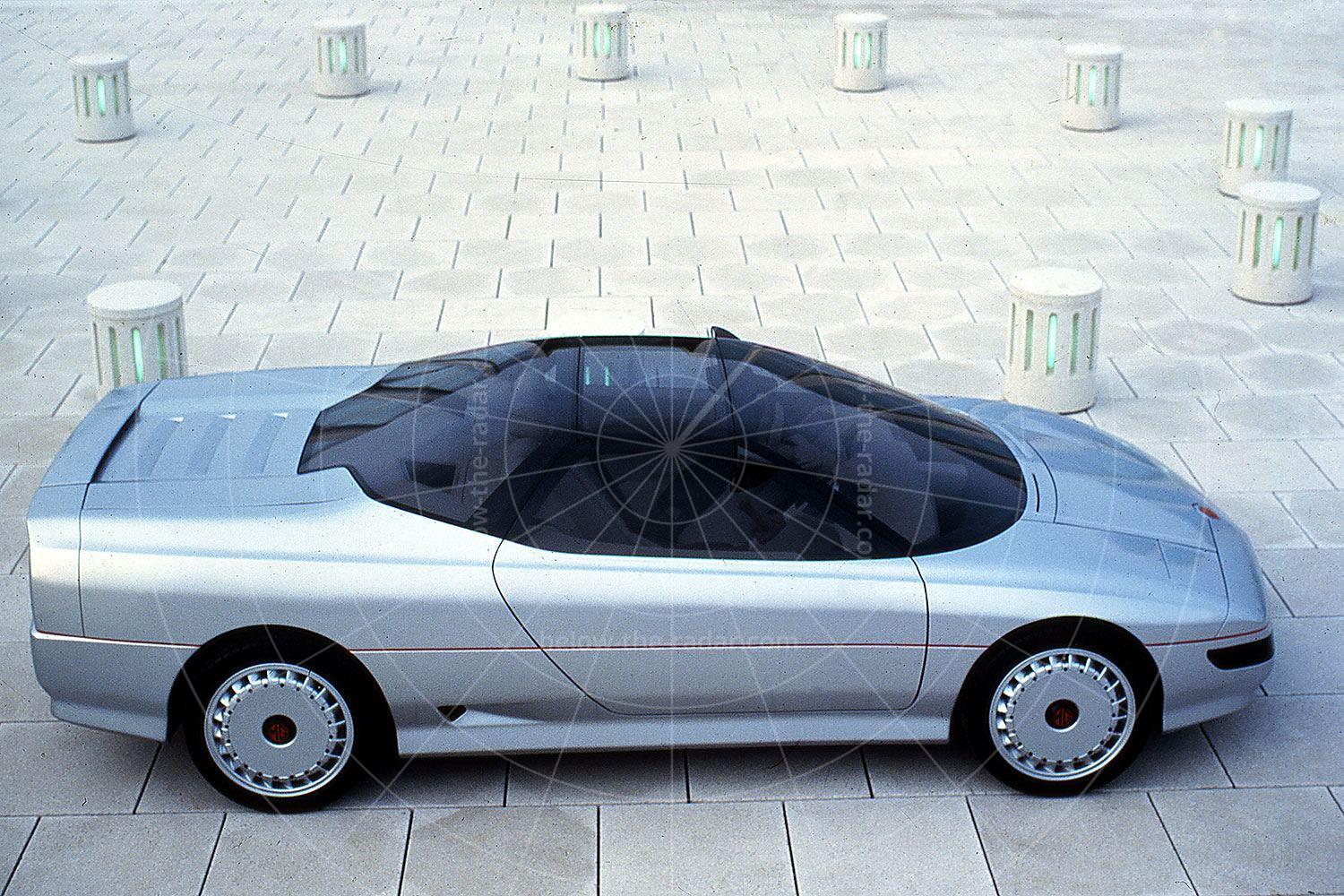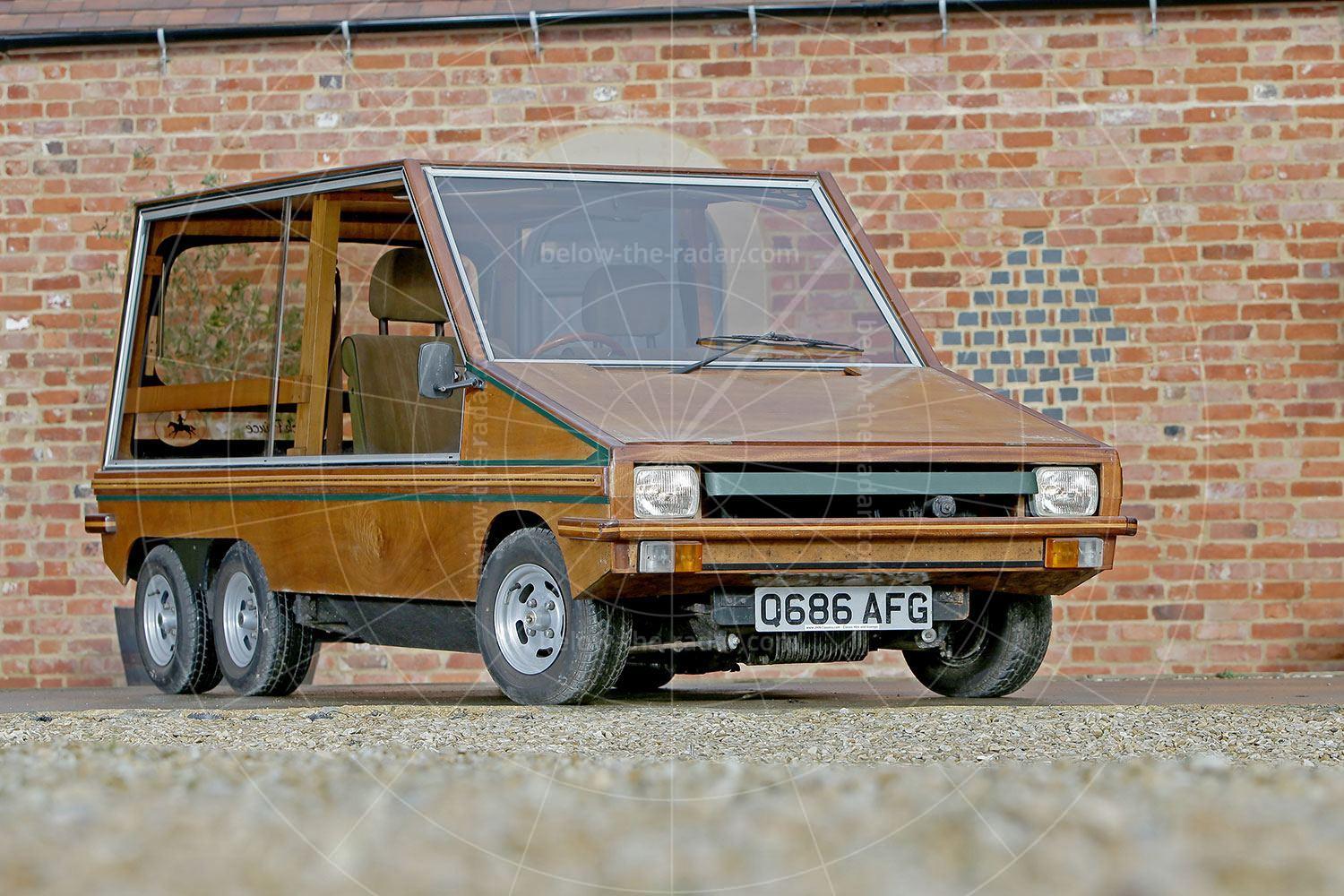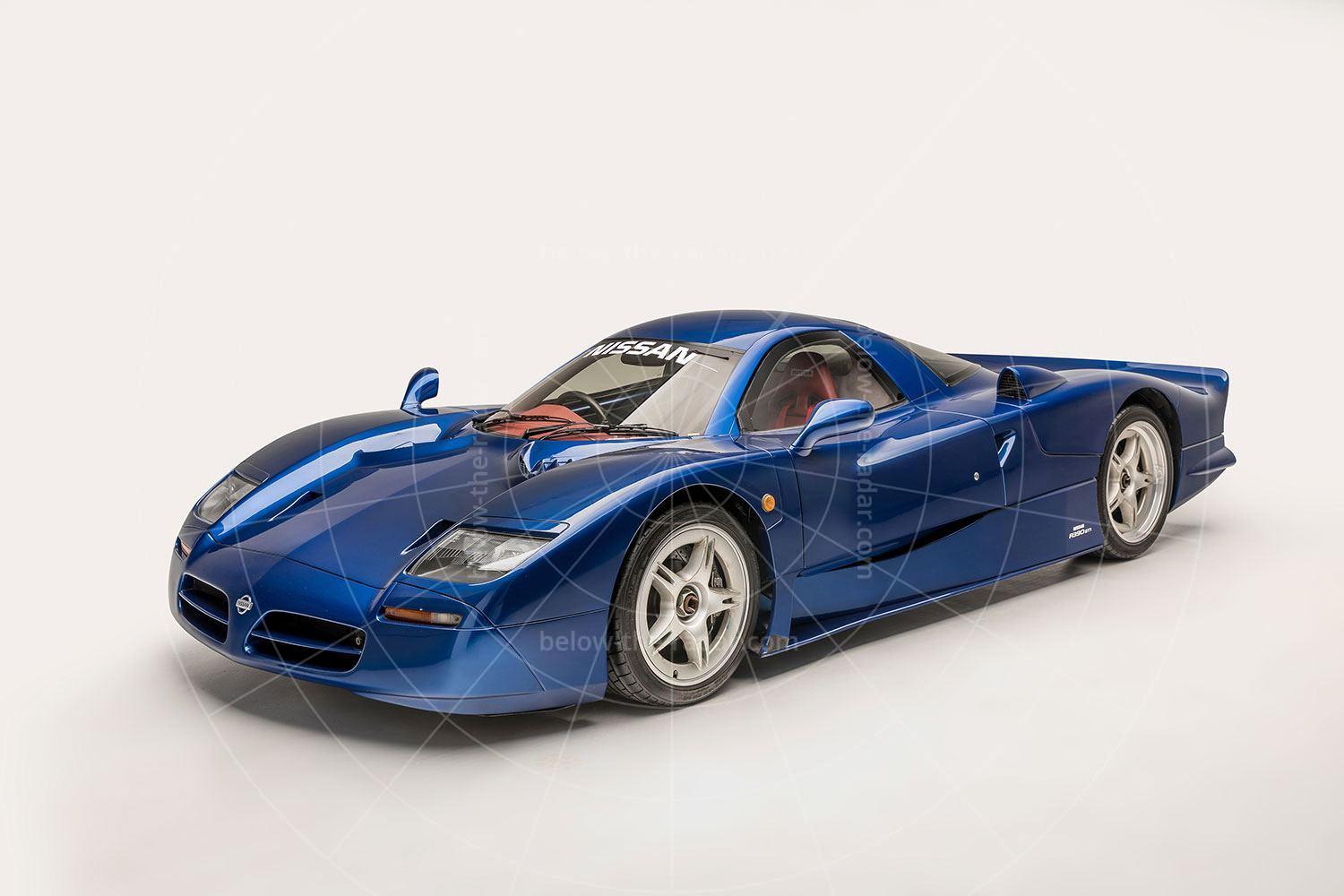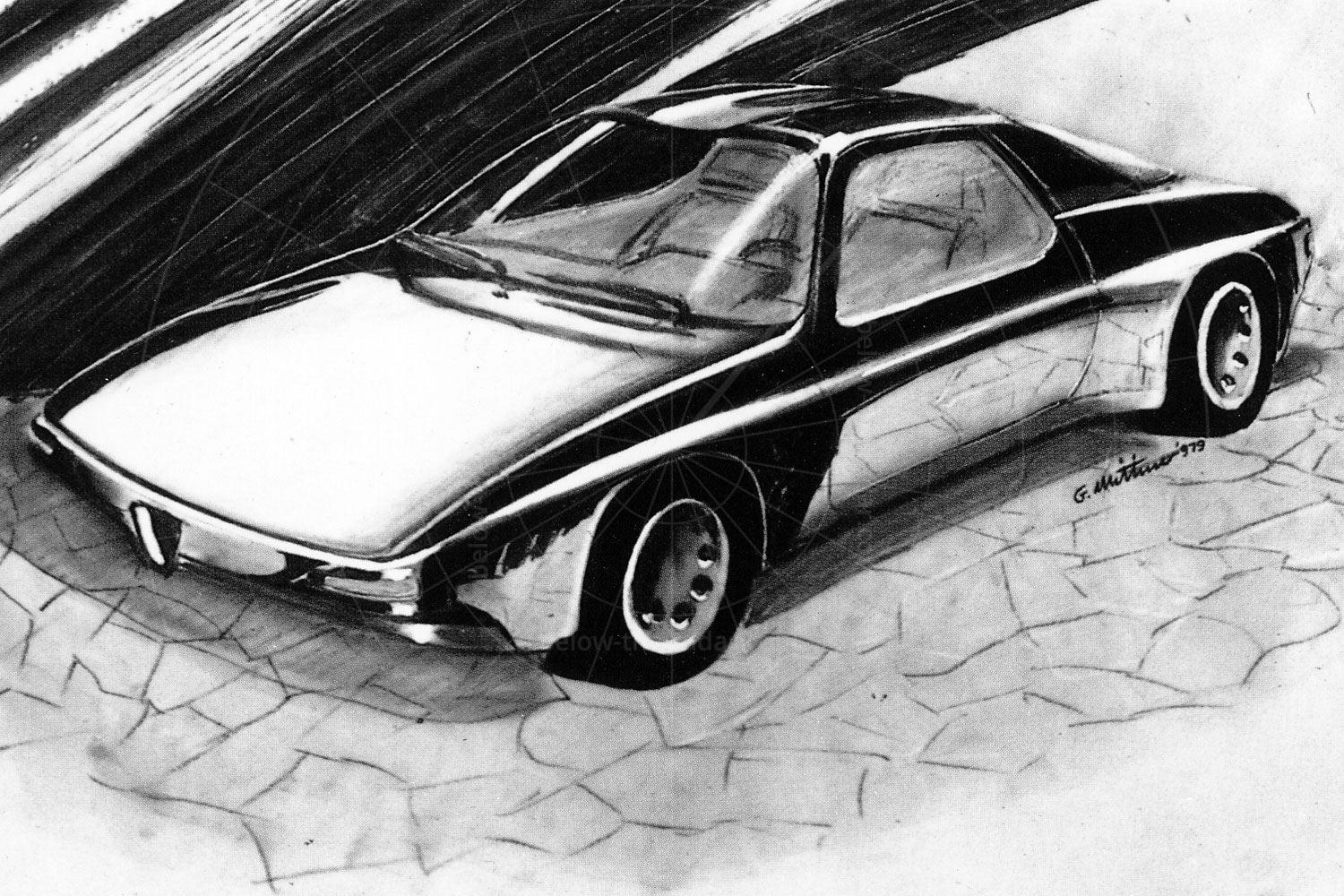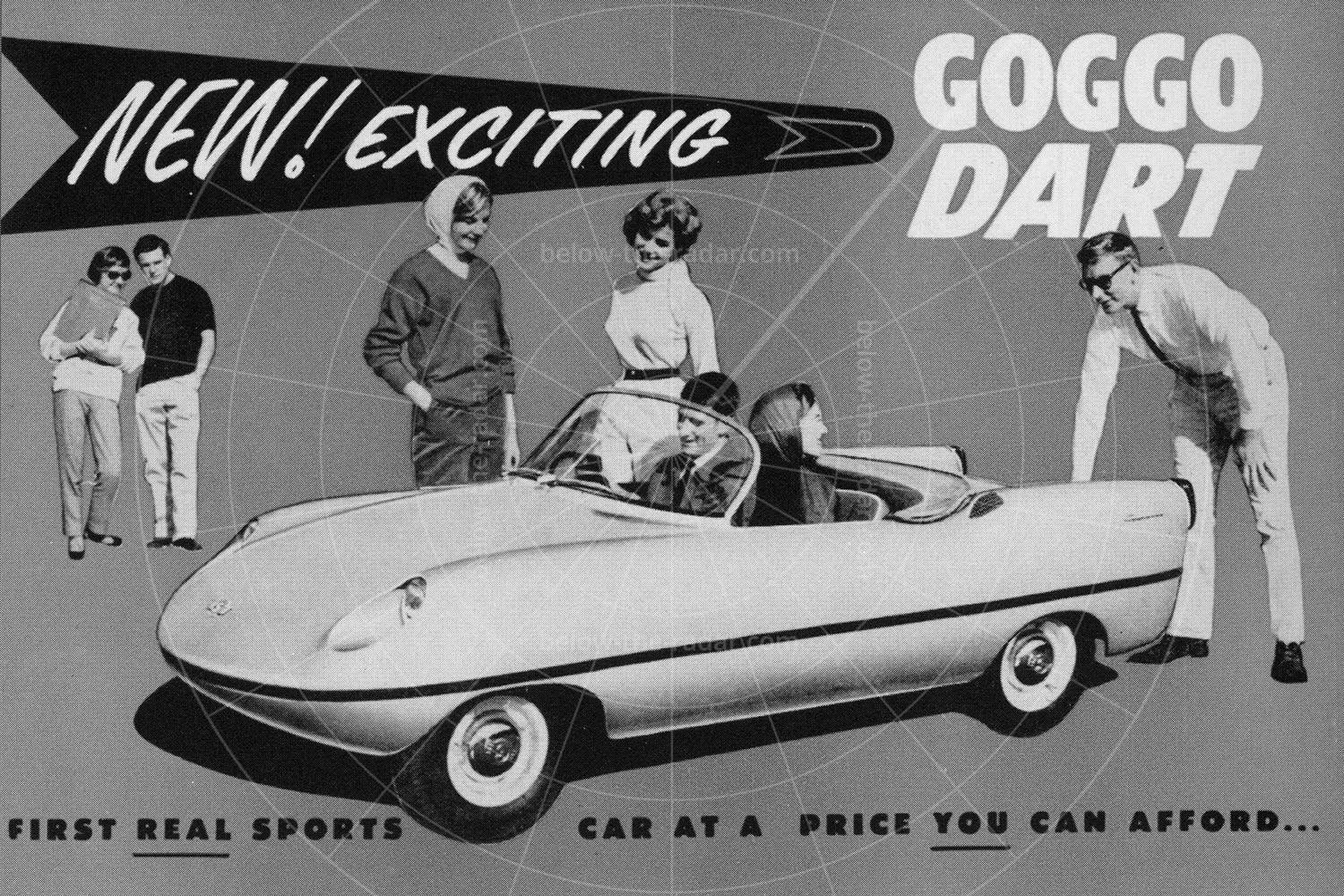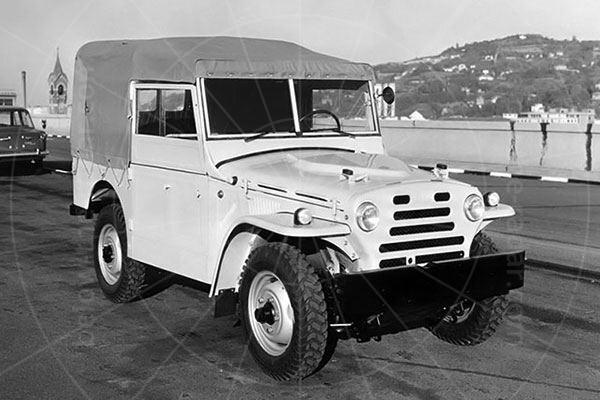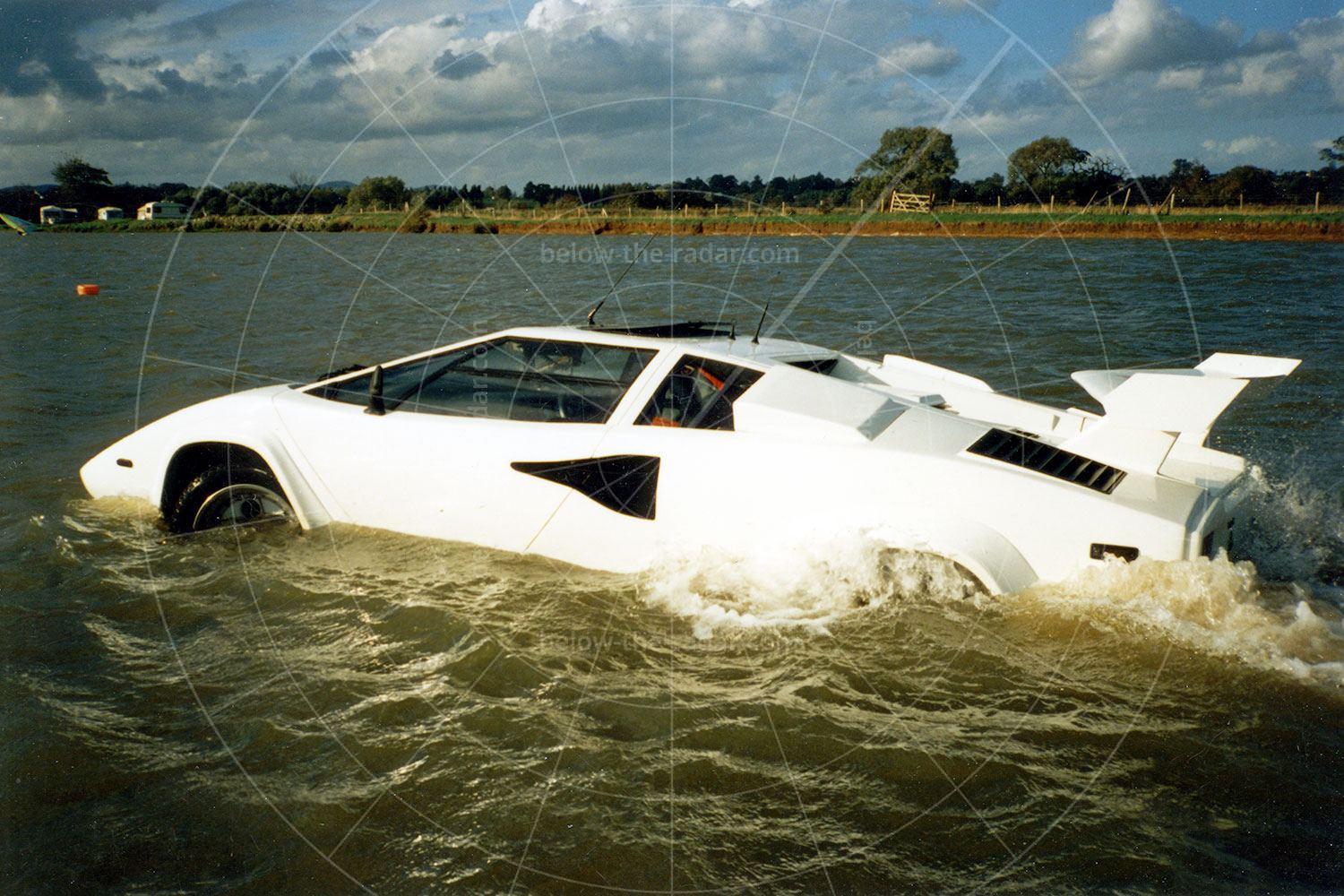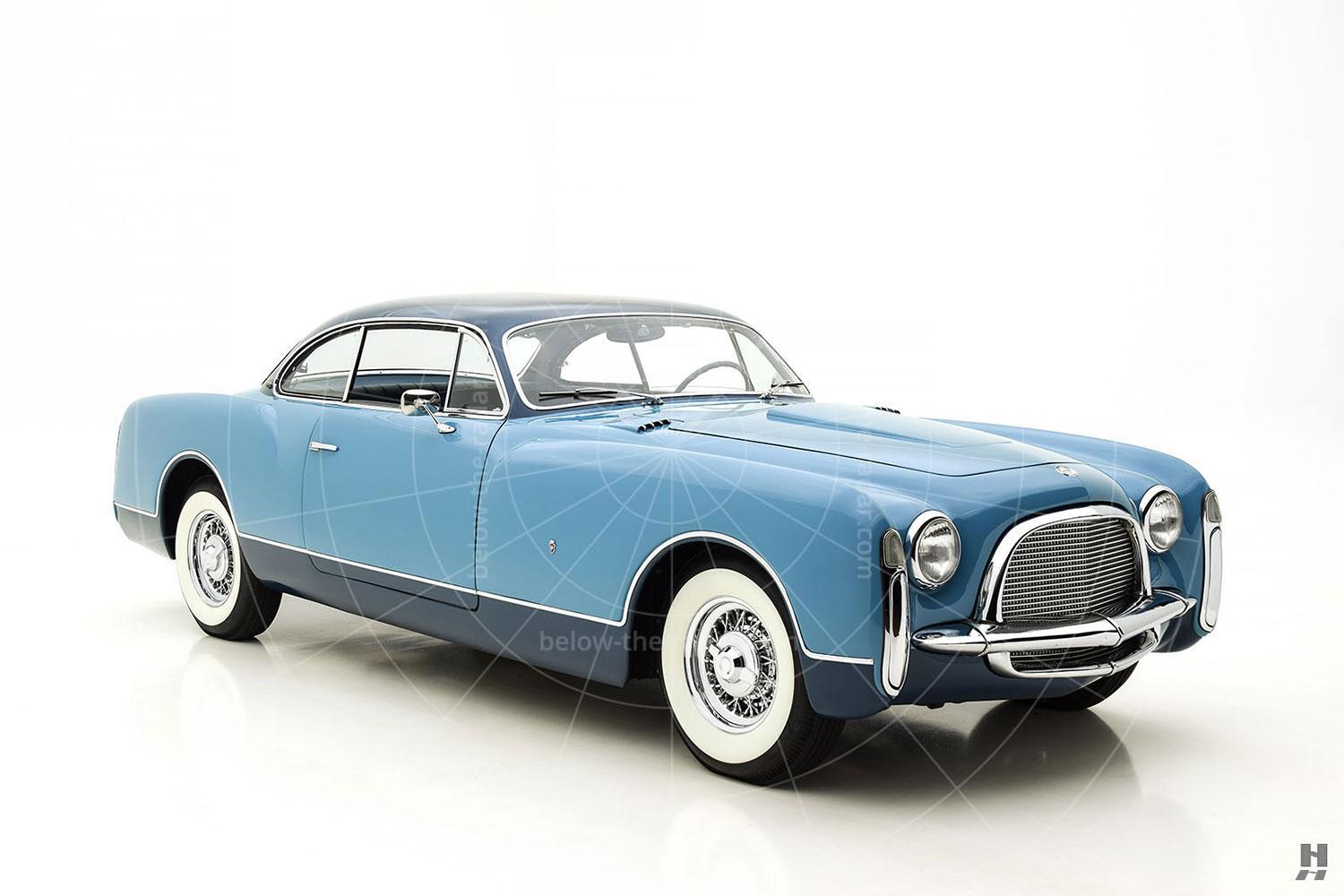When Mercedes set up its Smart division in the late 1990s, little did it know what trouble lay in store. Indeed, the Smart was never intended to be a Mercedes project; it was originally set up by Volkswagen in conjunction with Swatch entrepreneur Nicholas Hayek. When Volkswagen bailed out in 1993, Mercedes reckoned this diminutive city car project was too good an opportunity to miss, and by the time the first cars hit the market in 1998, it was being bankrolled almost entirely by Mercedes; Hayek would completely walk away within months.
Brilliantly designed and engineered, the Smart Coupé was fundamentally flawed in that it was too costly to compete with conventional four-seater cars which were invariably more practical, while also being more affordable. That didn’t stop Smart from pressing on with the development of a bigger version, the ForFour, along with a neat little mid-engined sportster, the Coupé and Roadster; by this time the classic two-seater had been renamed the ForTwo.
But these extra elements of the Smart brand would prove short-lived; once again they were costly to make, costly to buy and their appeal proved very limited. That left Smart to continue only with its ForTwo, which it developed into an electric edition along with cabriolet and diesel variants. Along the way there was also the barking mad – and stupidly expensive – limited-run Crossblade, and it’s this which would prove to be the forerunner of the ForSpeed concept of 2011.
With no windscreen – or indeed any protection from the elements at all – the Crossblade was one of those cars that just made no sense, yet Smart still managed to shift a few of them. It was always meant to be made in tiny numbers only, but its lack of usability and a sky-high price meant it was even more exclusive than Smart had first anticipated.
None of this stopped Smart from developing a concept for the 2011 Geneva motor show which was effectively an update of this earlier wacky design. Fully driveable and generally applauded by the motoring press who got to drive it, there was clearly an opportunity for something like the ForSpeed to enter limited production. Whether or not Smart could make such a car at a price that was remotely palatable though, was altogether a different matter.
The key technology showcased by the ForSpeed was its Electric Drive propulsion system, as already seen in Smart’s production ForTwo. Crucially, because all electric cars were costly, the ForSpeed wouldn’t be that much more expensive than its rivals, although any rival would probably be a lot more usable.
At the heart of the ForSpeed was a rear-mounted 30kW magneto-electric motor. Pressing a button on the centre console activated a boost function which provided an extra 5kW for a short time, so the car could overtake with greater haste. Without using this extra surge of power, the ForTwo could accelerate from a standing start to 40mph in just 5.5 seconds, before running out of puff at 75mph.
At this point in Smart’s development it had already been selling electric cars around the globe and the company had received lots of feedback from its customers about what the cars were like to live with in the real world. Smart claimed that as a result, it had engineered the ForTwo (and hence the ForSpeed) to provide a level of performance and usability that real-world customers could live with.
Power came from a lithium-ion battery capable of storing up to 16.5kWh of electrical energy; it could be charged via a conventional 220-volt socket and would provide up to 85 miles of travel on a single charge. For those in a hurry there was also a quick charging facility, which would top up the batteries to 80% in 45 minutes.
In a bid to make the ForSpeed as efficient as possible, the aeroscreen incorporated photovoltaic cells which fed solar power to the on-board electrical system. It wouldn’t have boosted the batteries by much, but every little helps…
While it may have been madly impractical, there was no denying that the ForSpeed featured some superb design elements. There was no roof, no windows and nothing more than an aeroscreen to keep the bugs out of its occupants’ teeth, but here was a car that looked as though it had come from the design studios of Apple, such was its modernity.
There was gloss white plastic everywhere, along with striking lighting that featured LEDs throughout. The cabin was swathed in gloss white too, accentuated by green elements such as the four-point seat belts and the shelf under the cockpit that provided much-needed stowage space. The control elements used most frequently were finished in brown leather, while the load-bearing structural components featured a matt silver finish. So while it didn’t really stand much chance of ever seeing the light of day as a production car, the ForSpeed sure looked good inside and out.
| Vital statistics | |
|---|---|
| Debut | Geneva, 2011 |
| Engine | Rear-mounted, 30kW, electric motor |
| Transmission | Rear-wheel drive |
| Power | 30kW (40bhp) with 5Kw (6.7bhp) boost facility |
| Top speed | 75mph |
| 0-60mph | 5.5 seconds |

